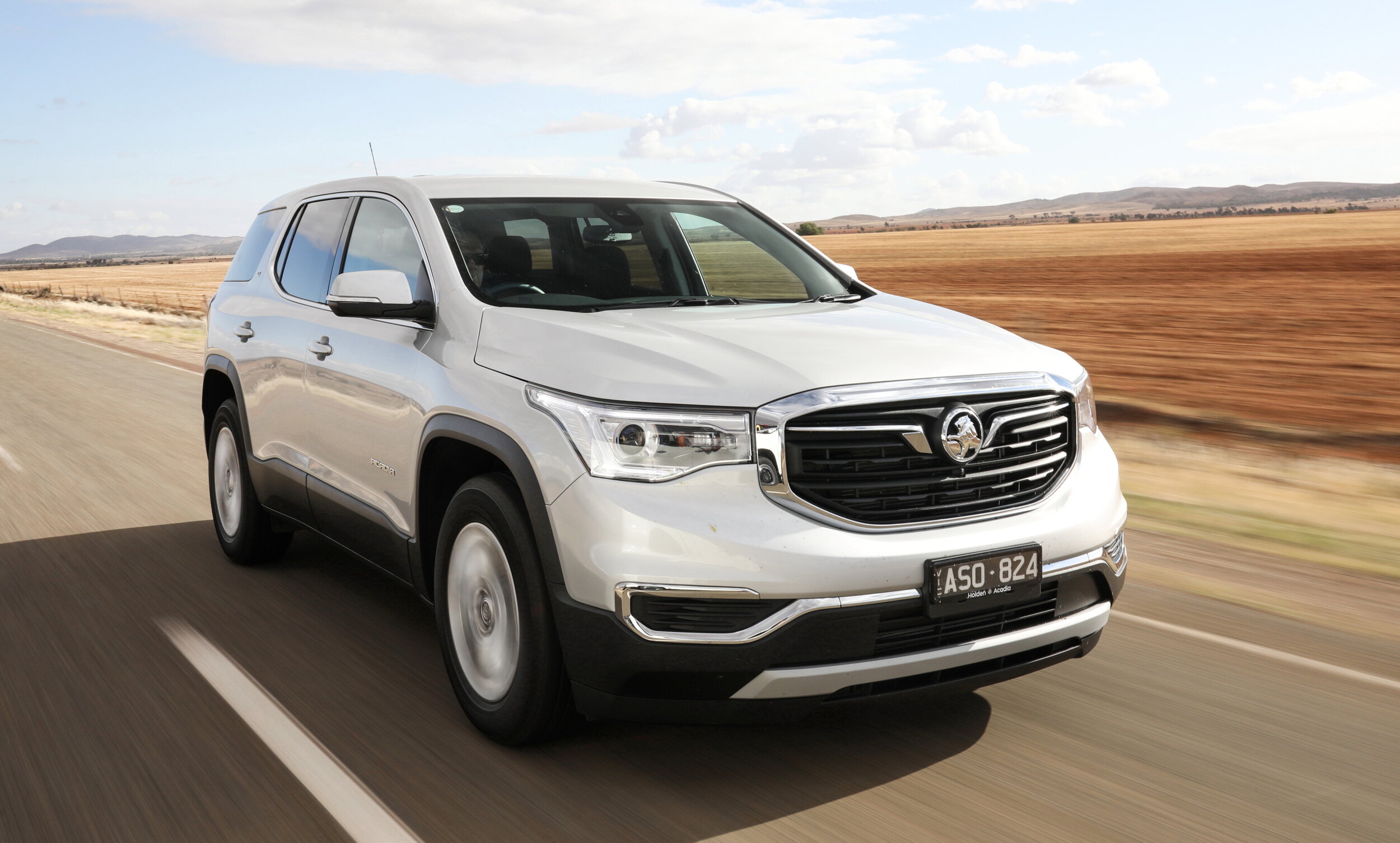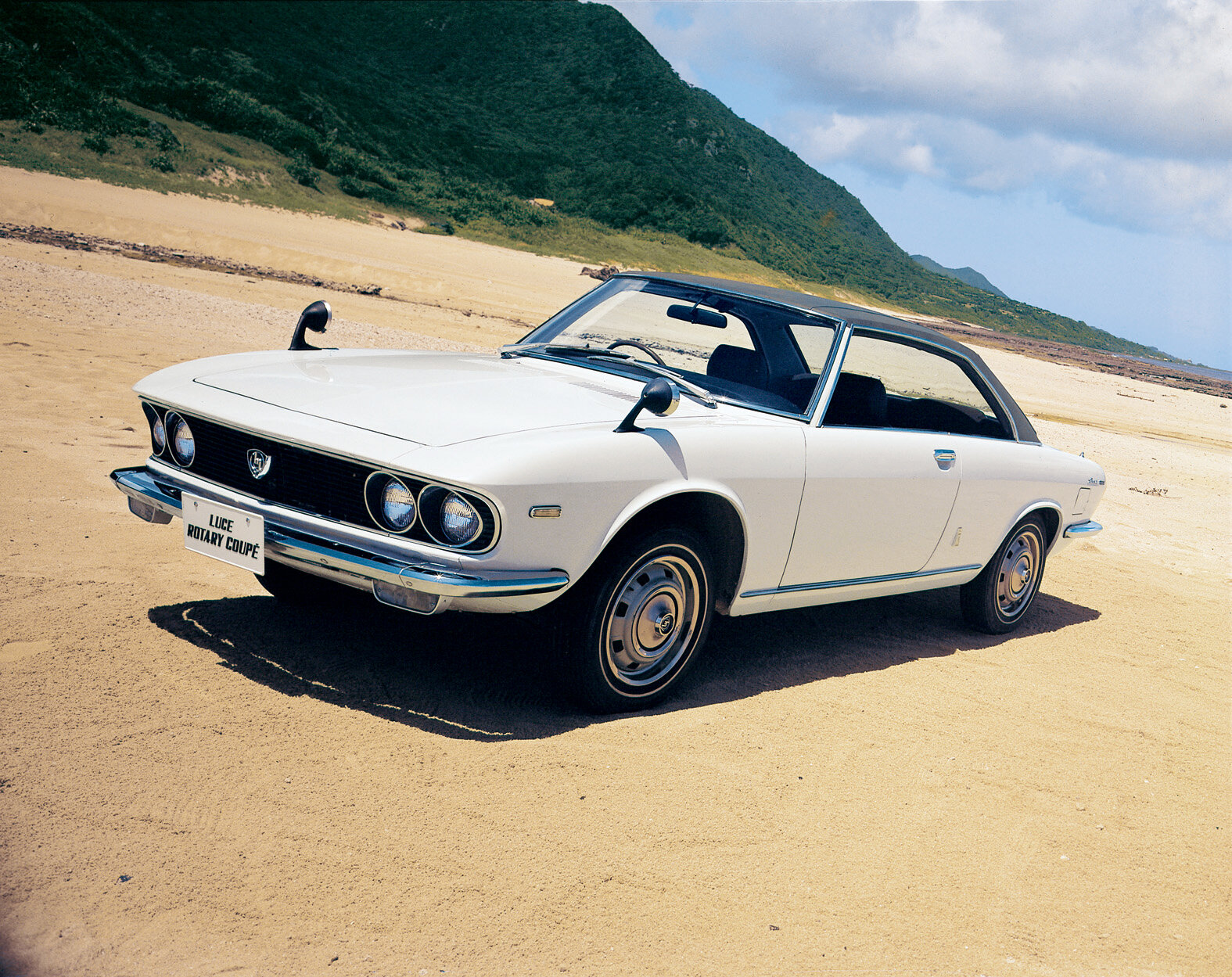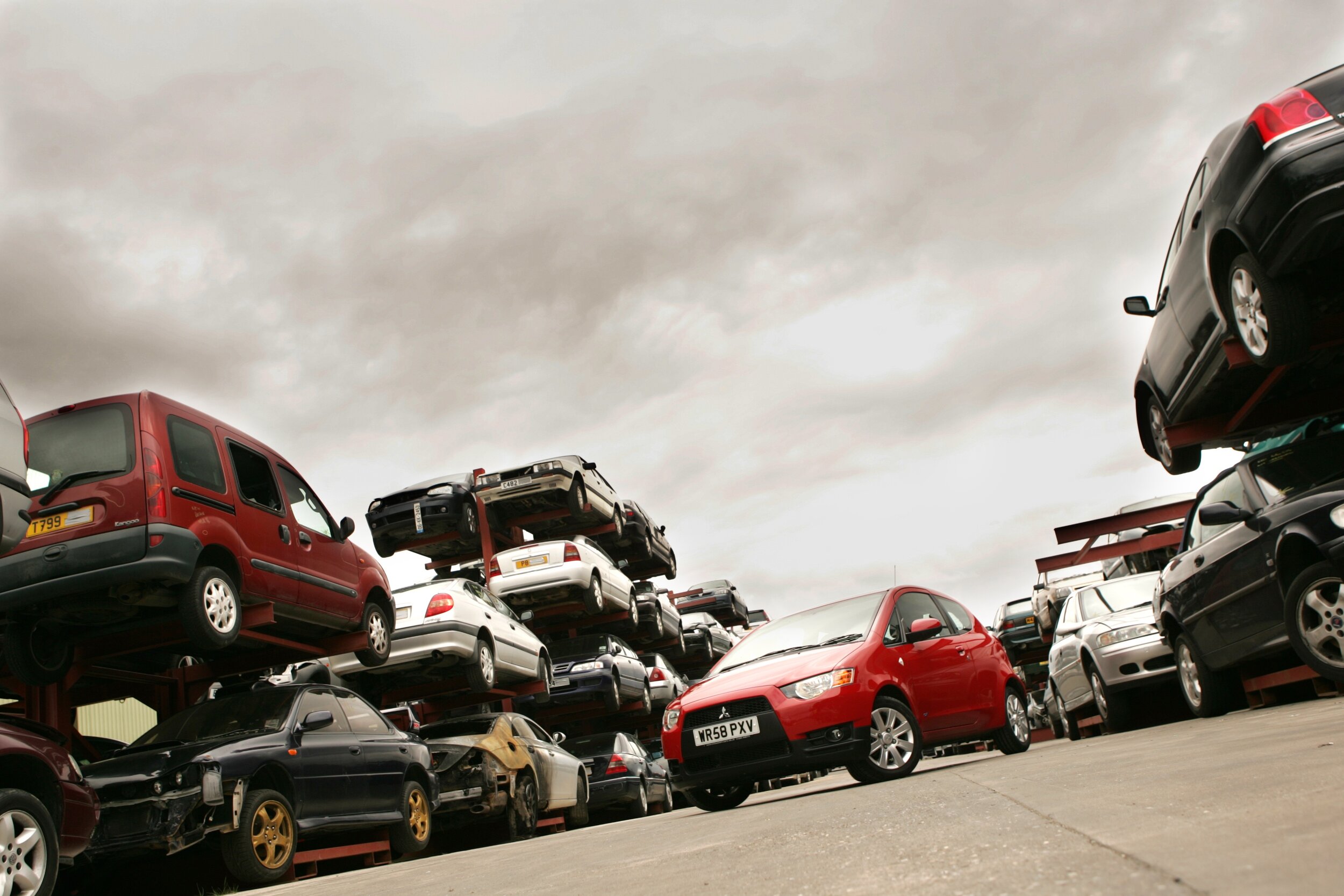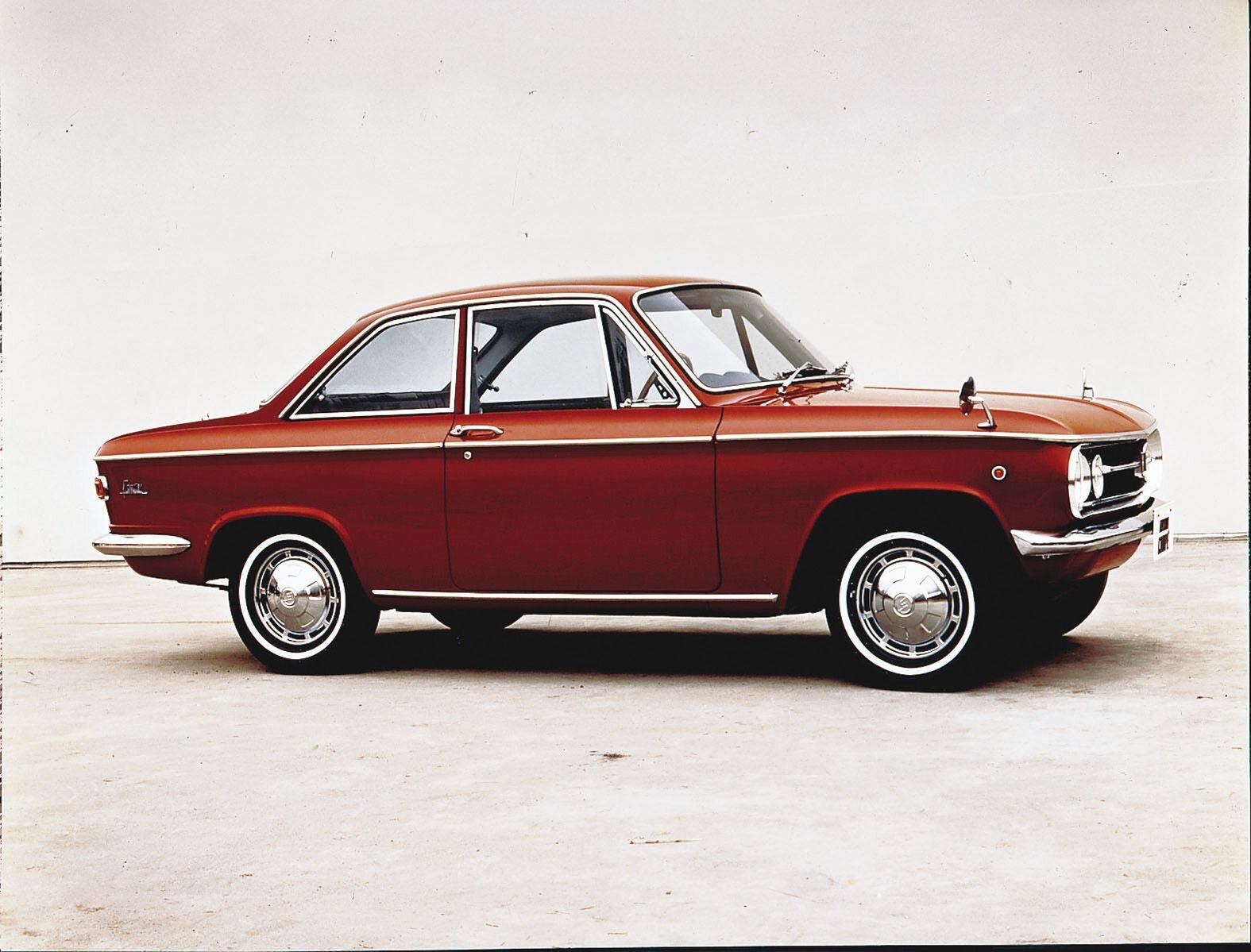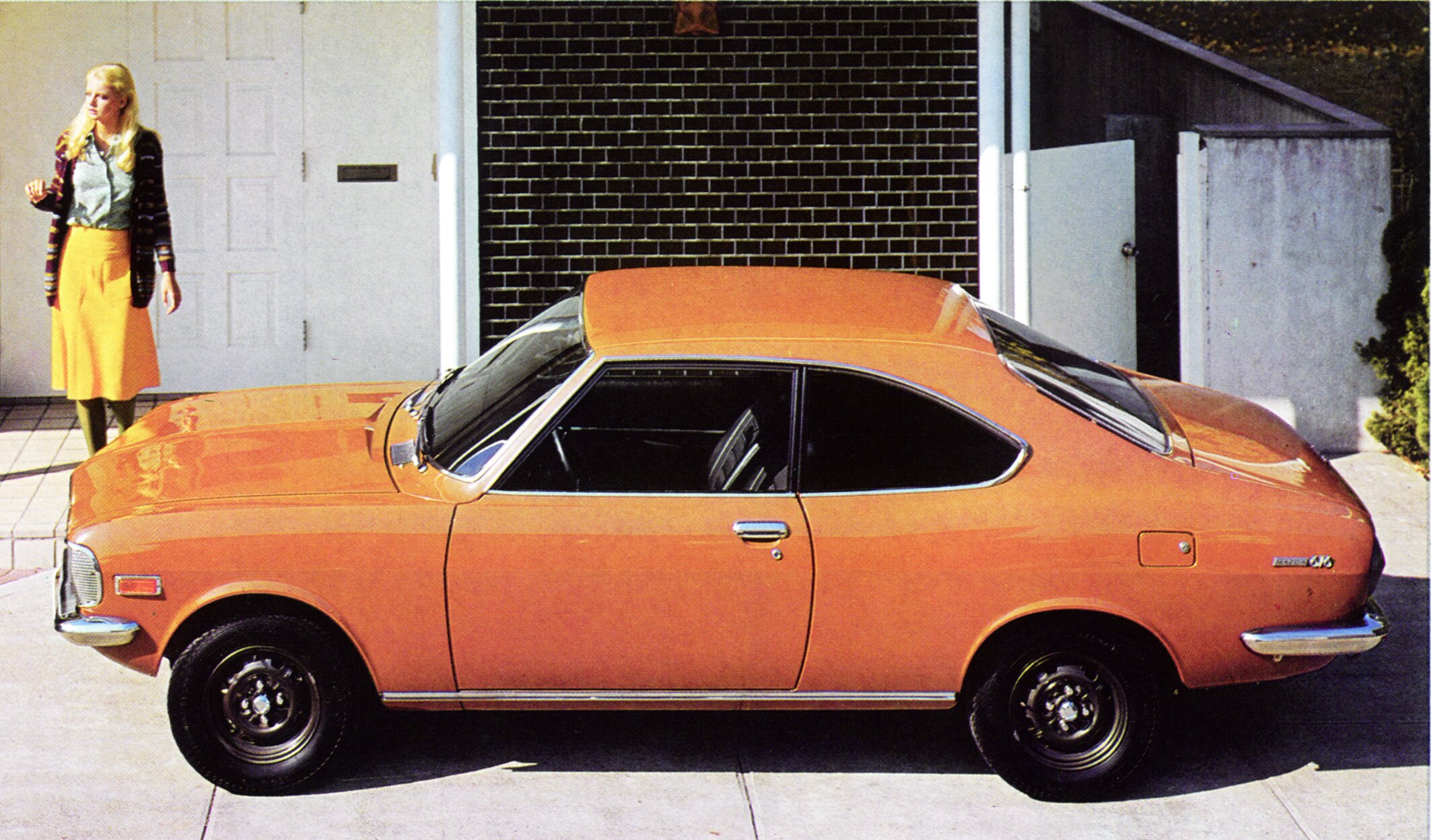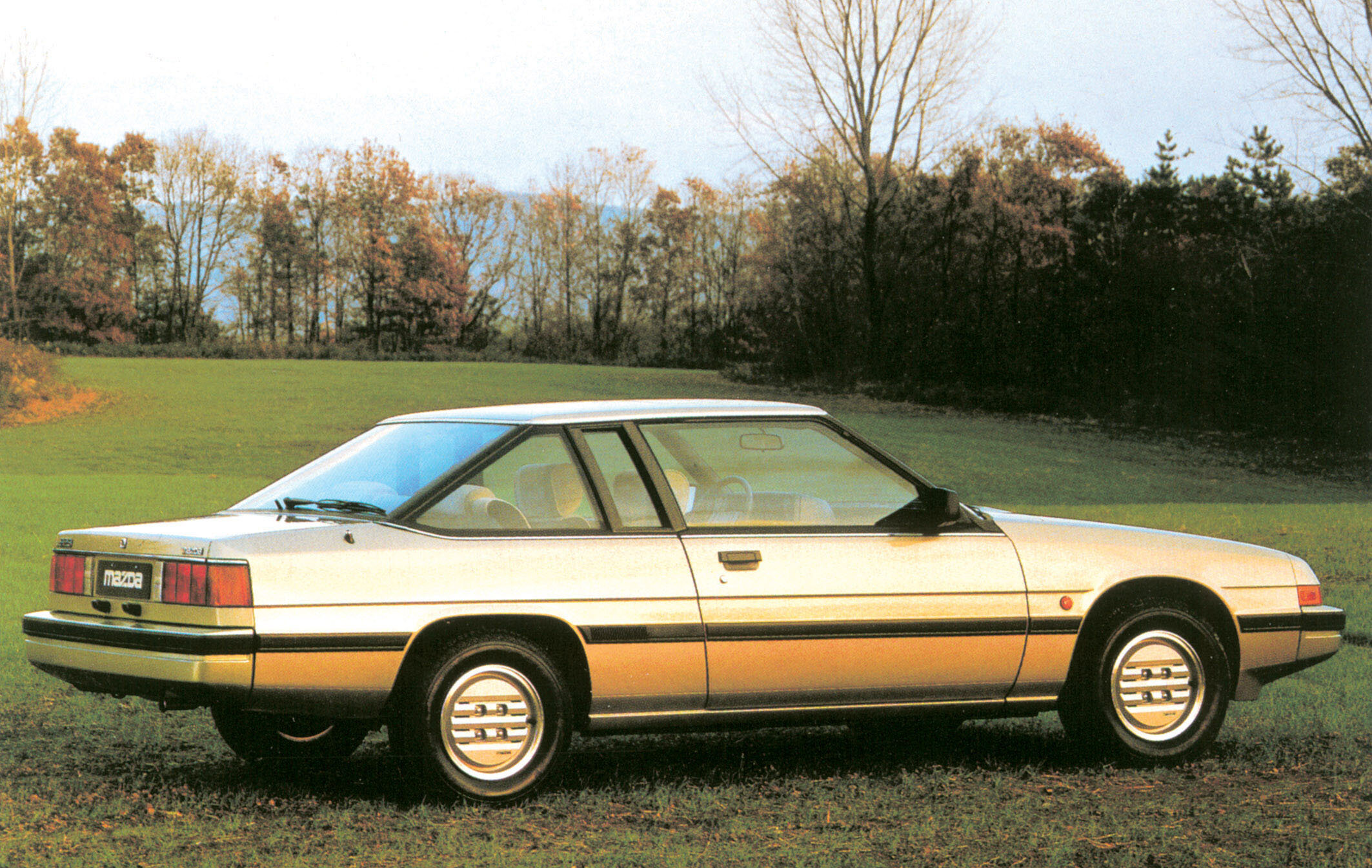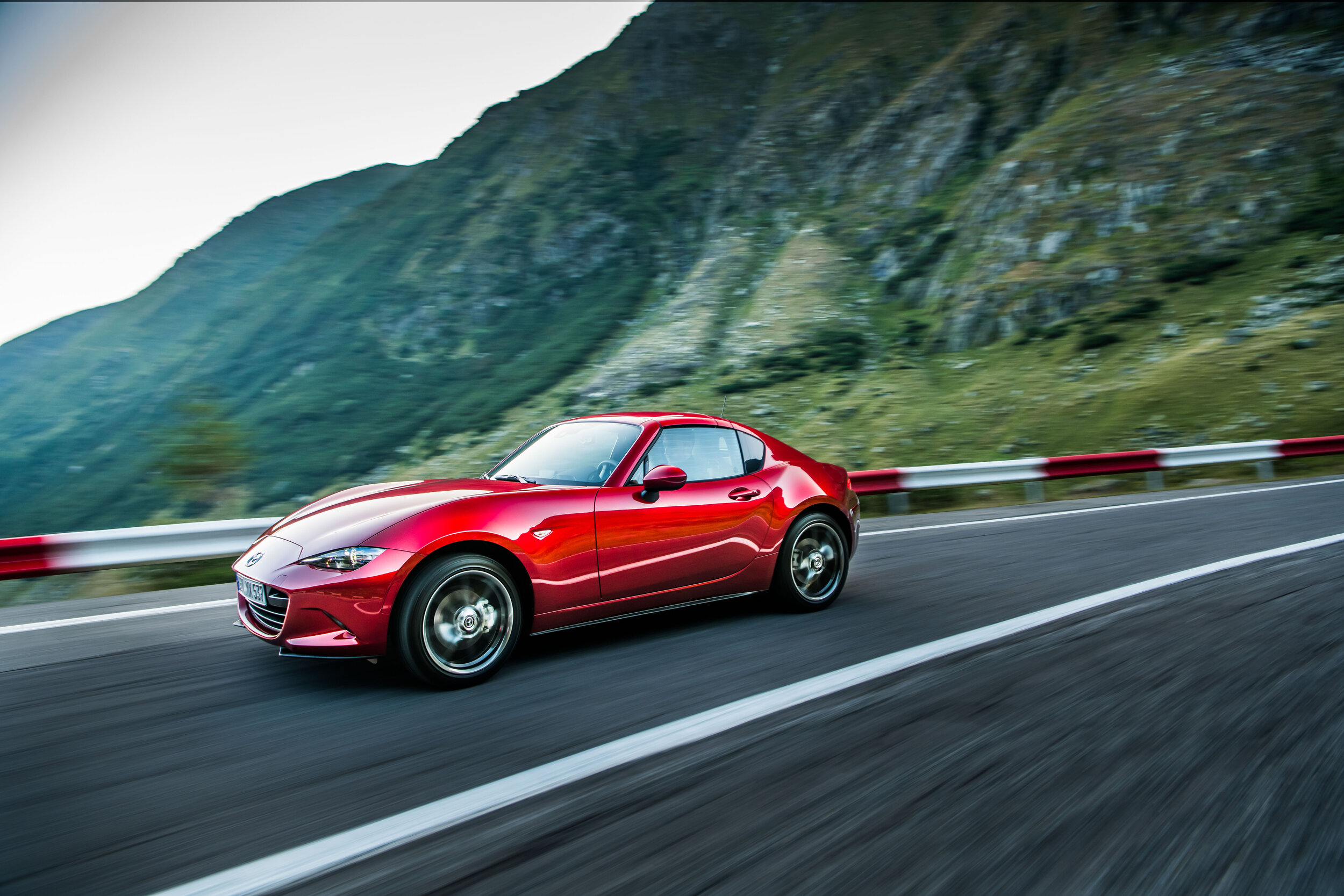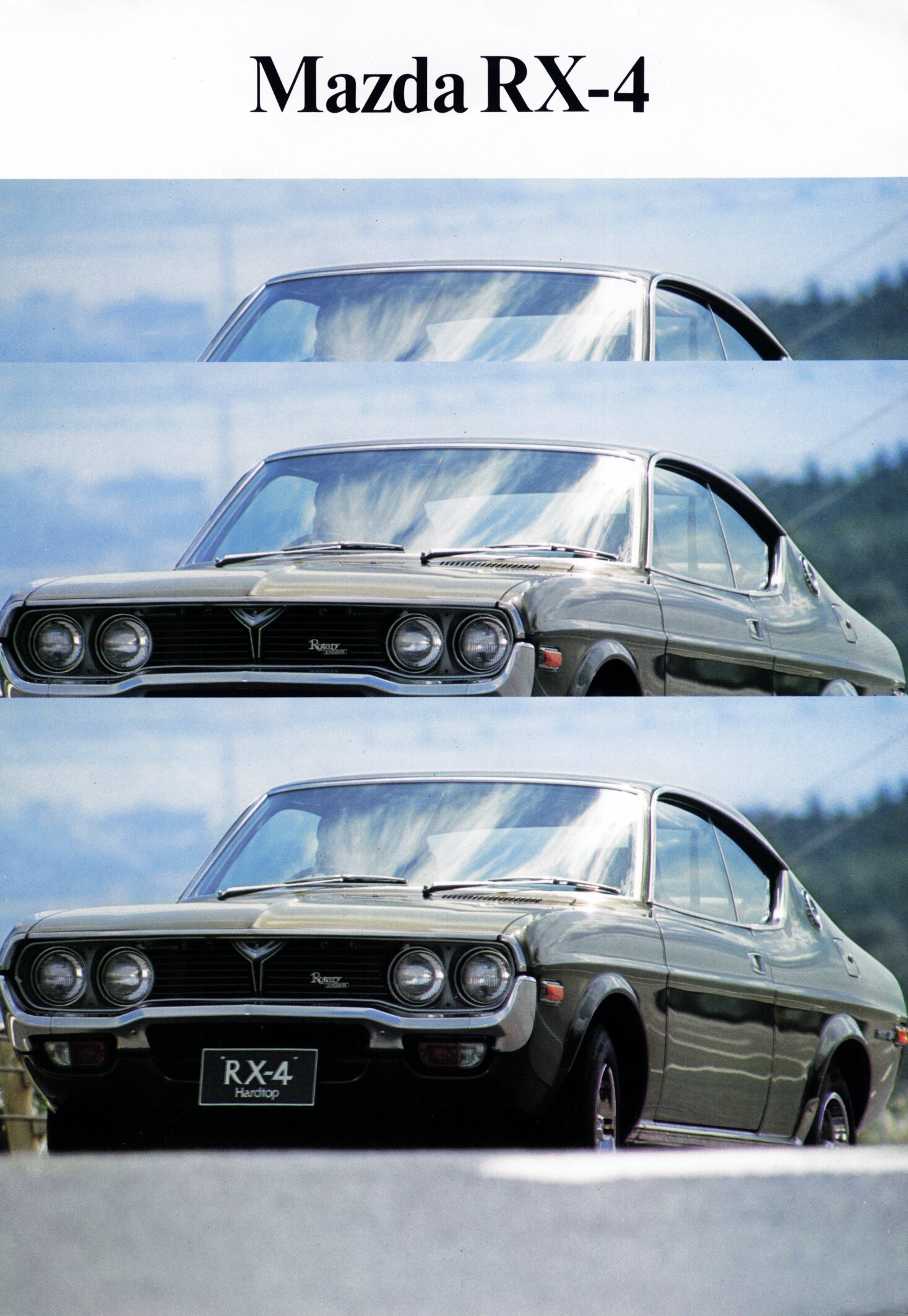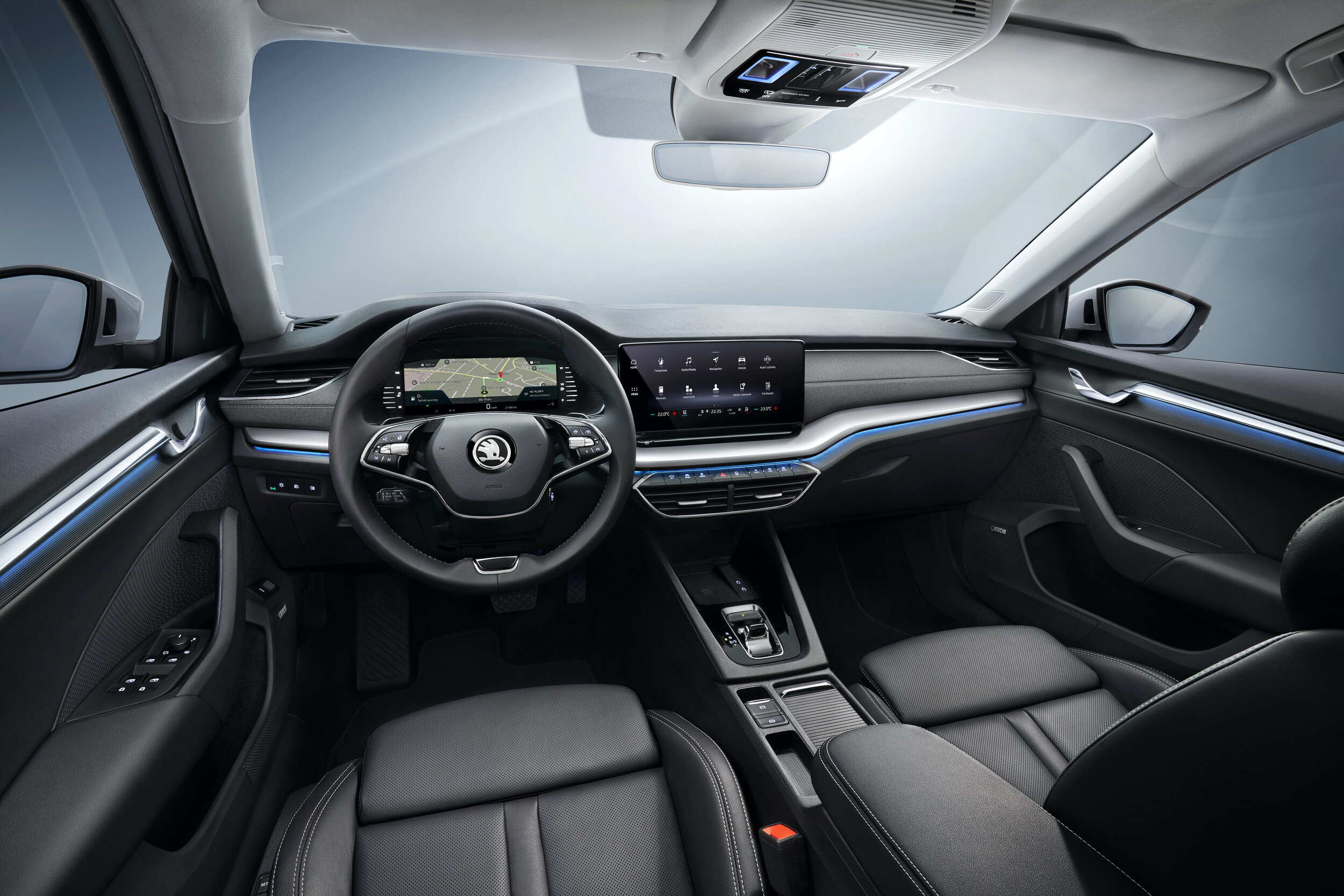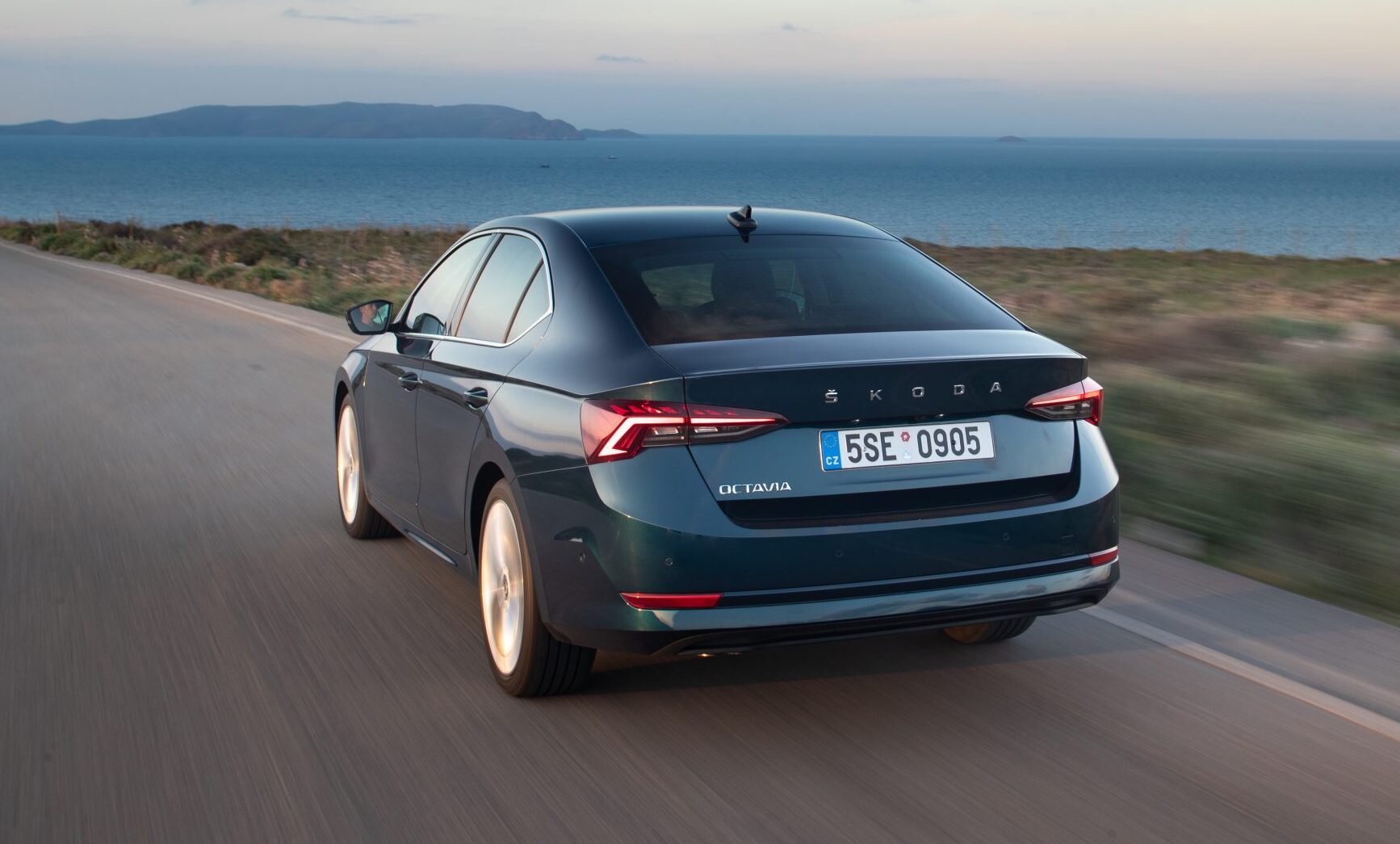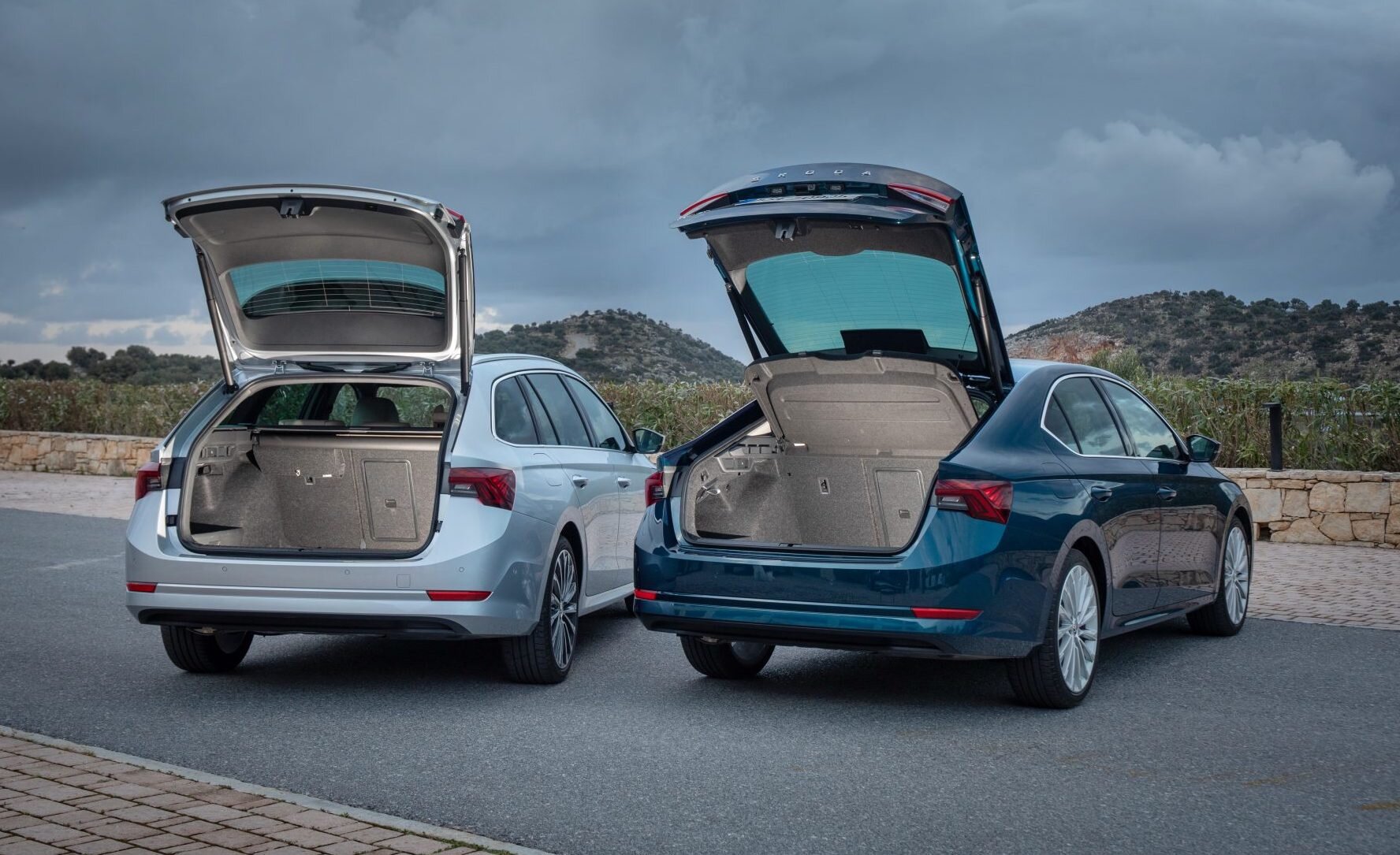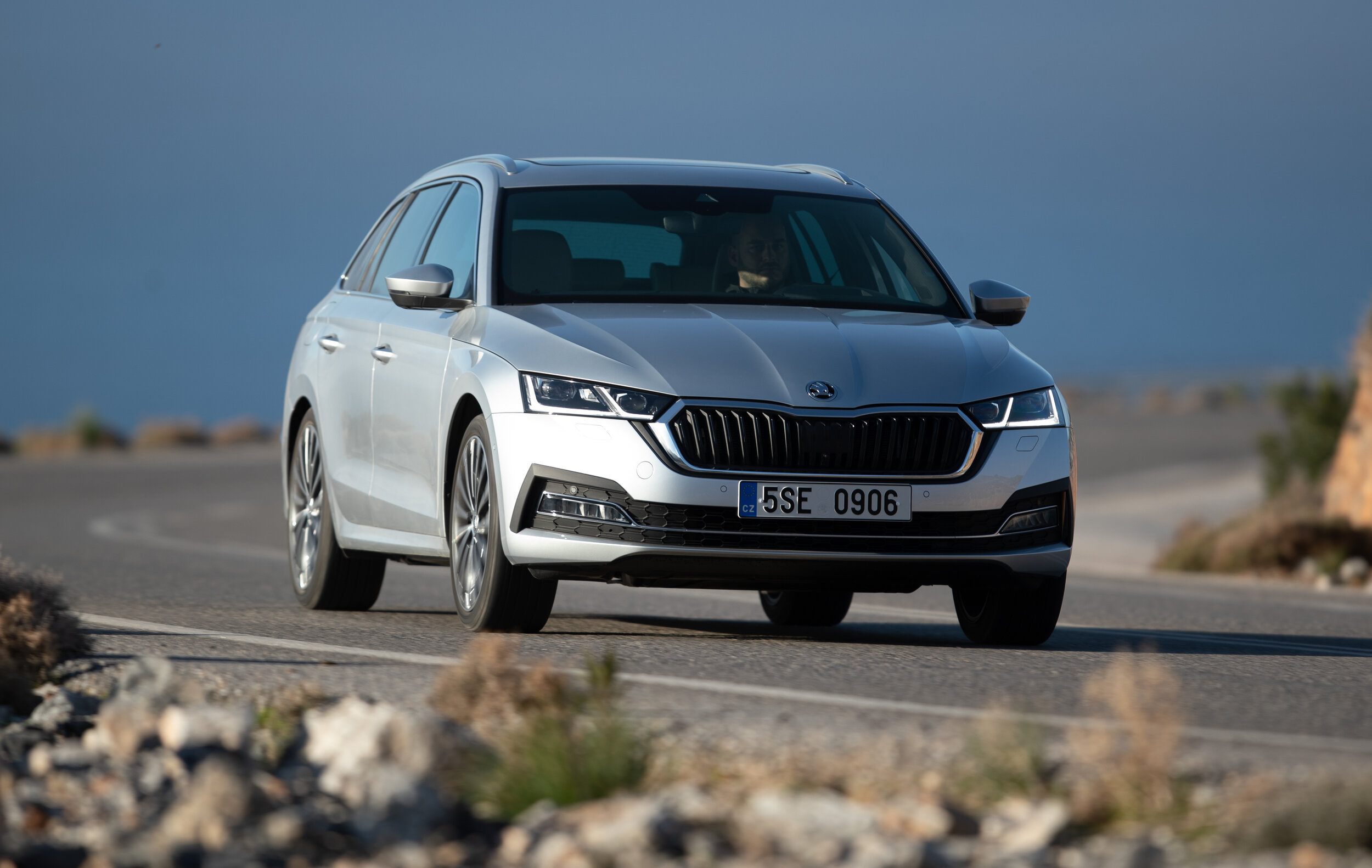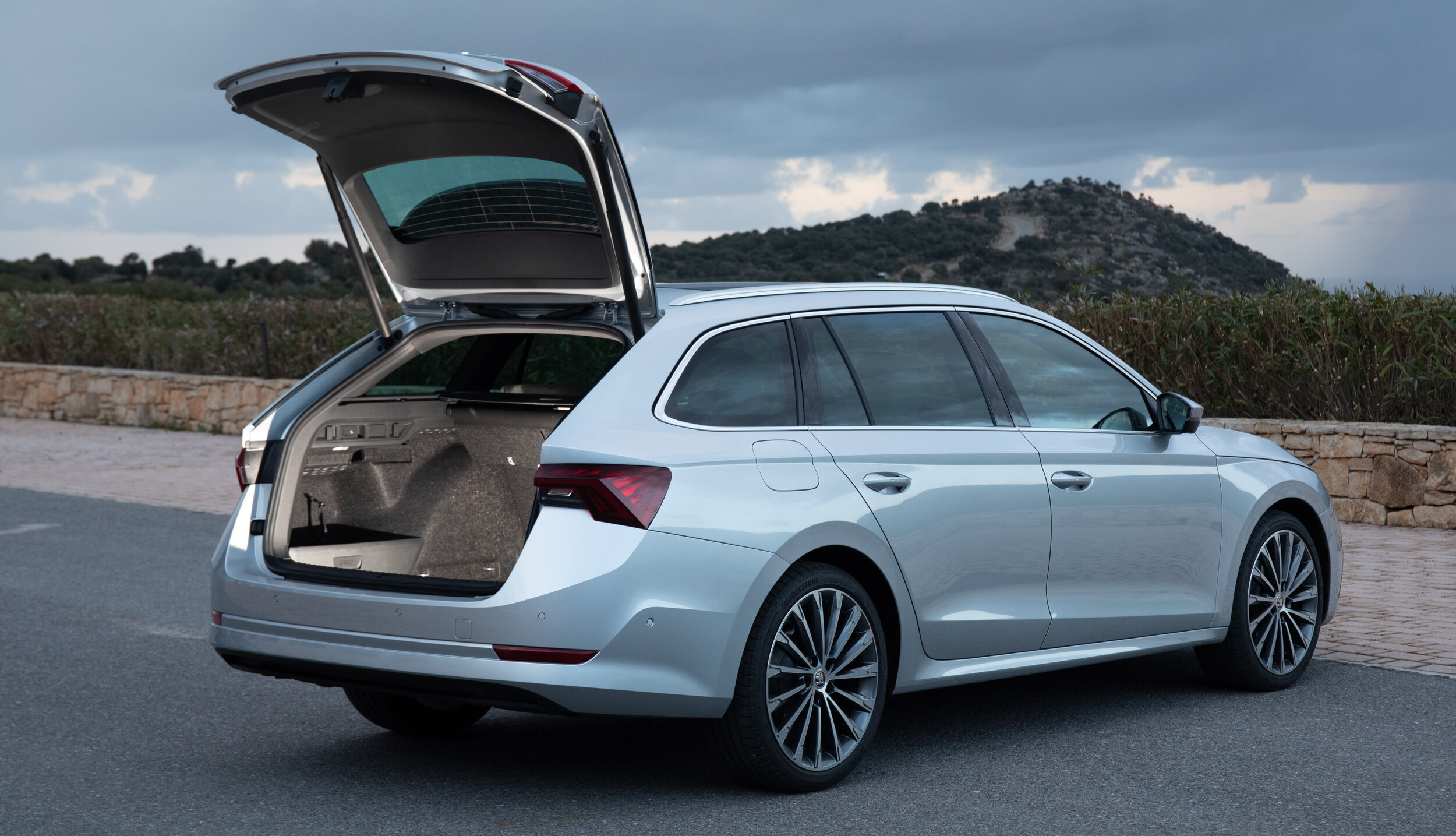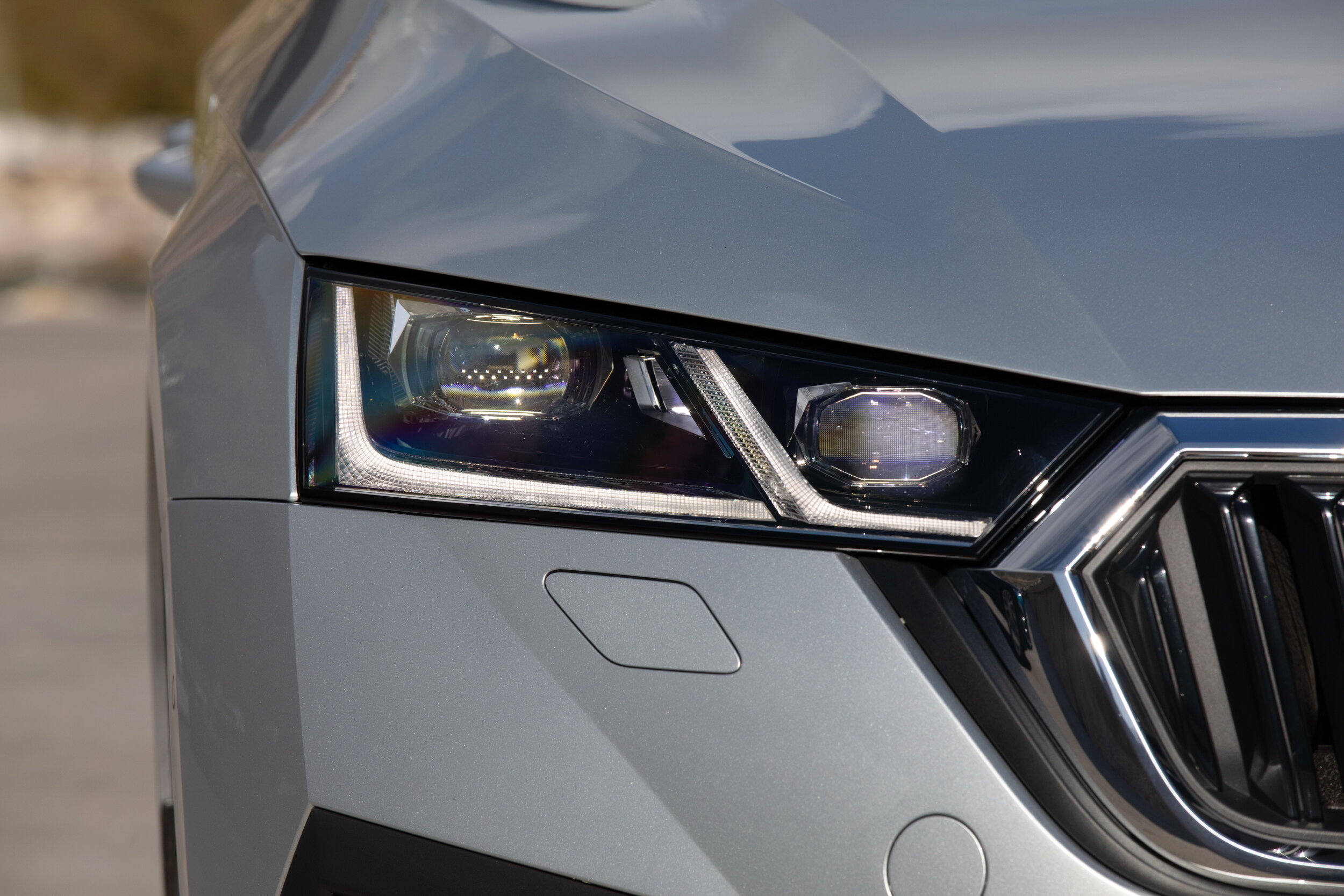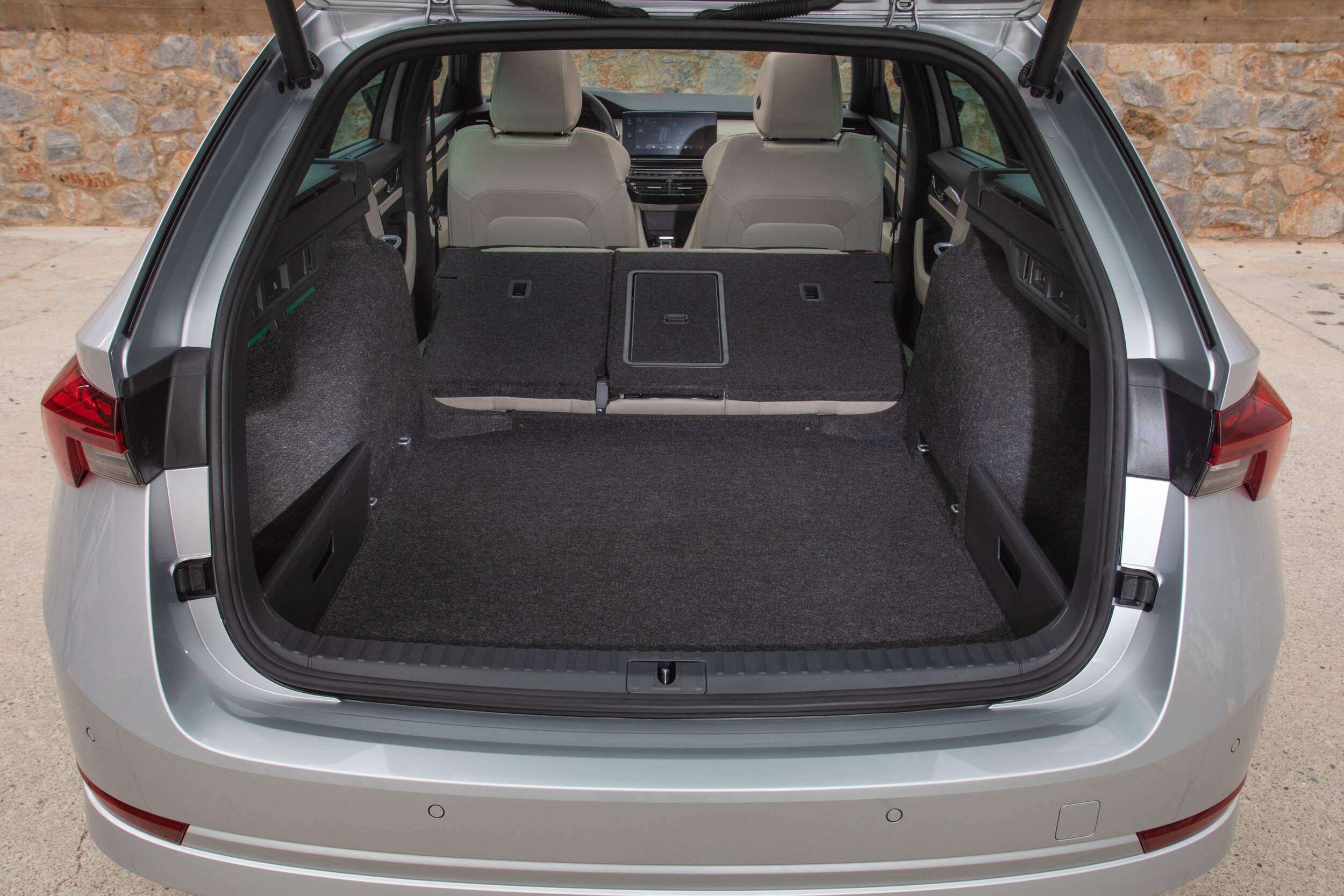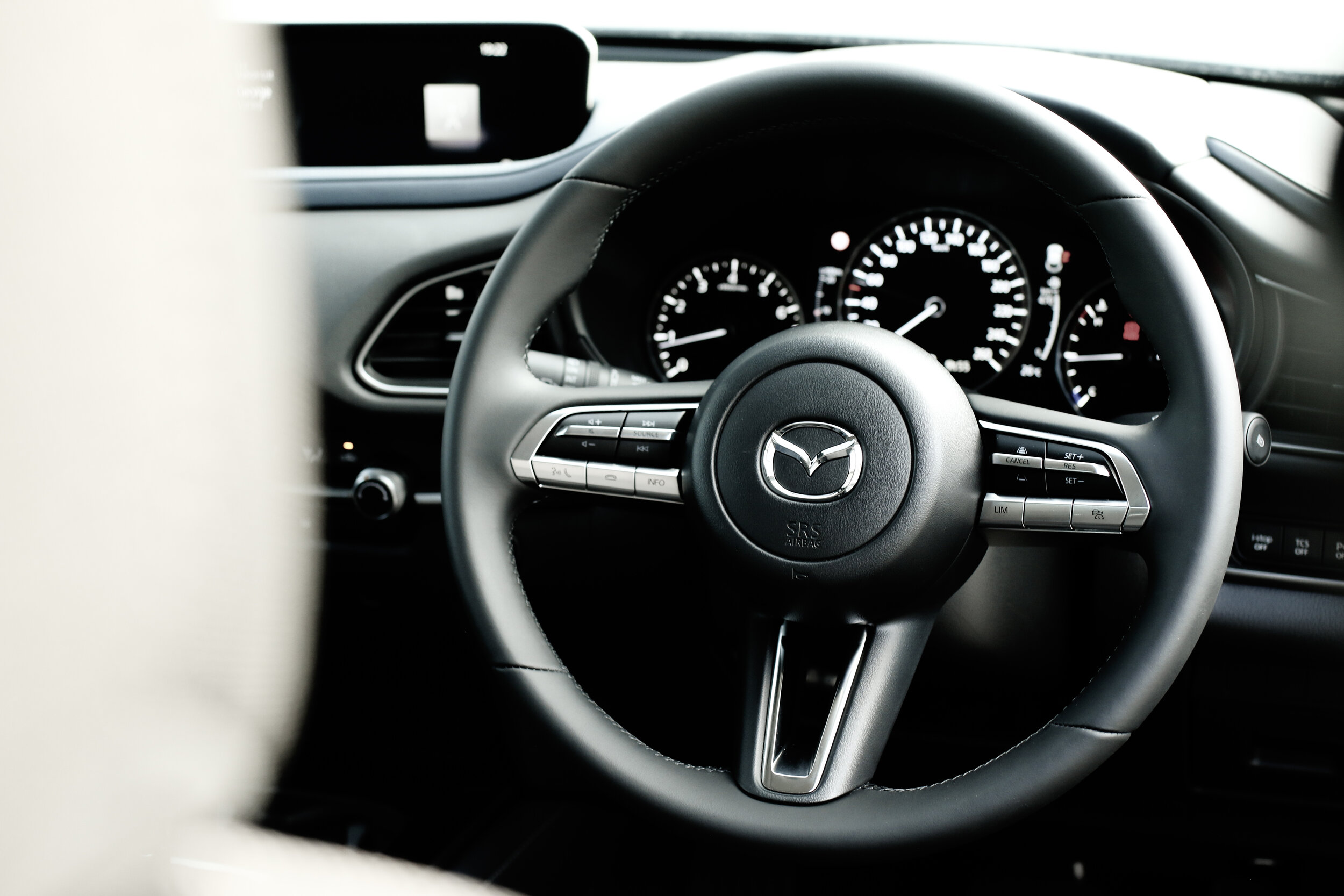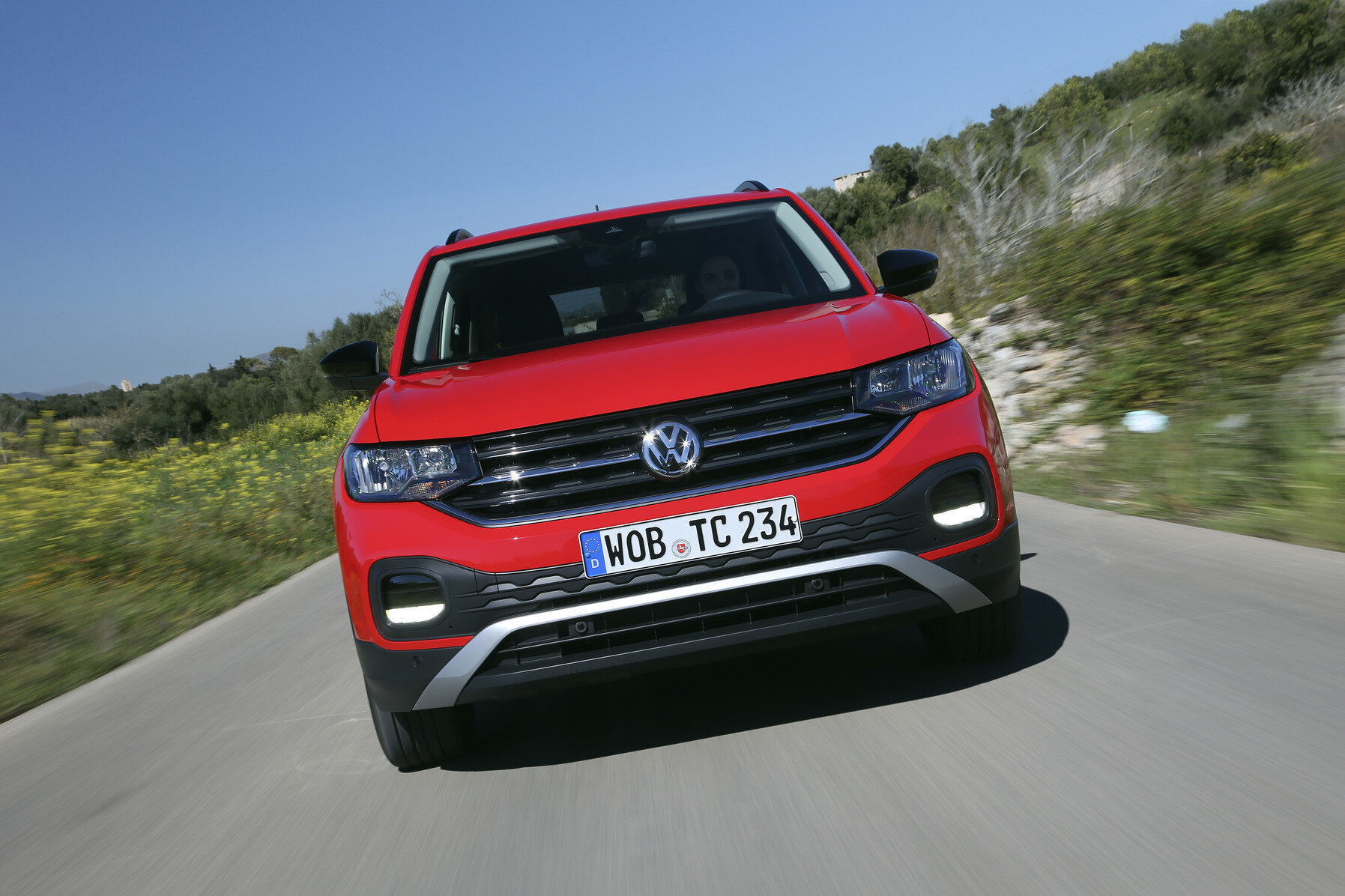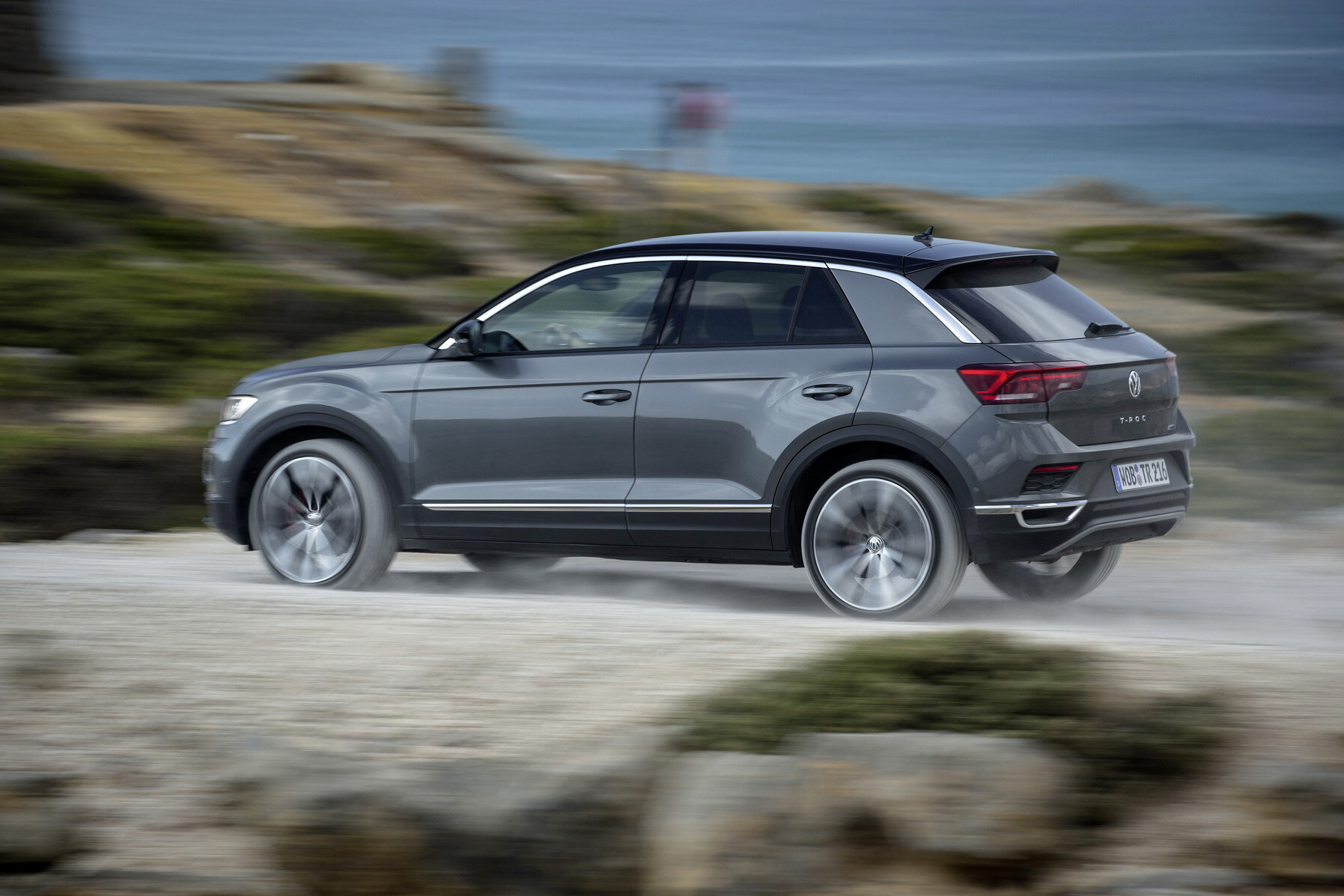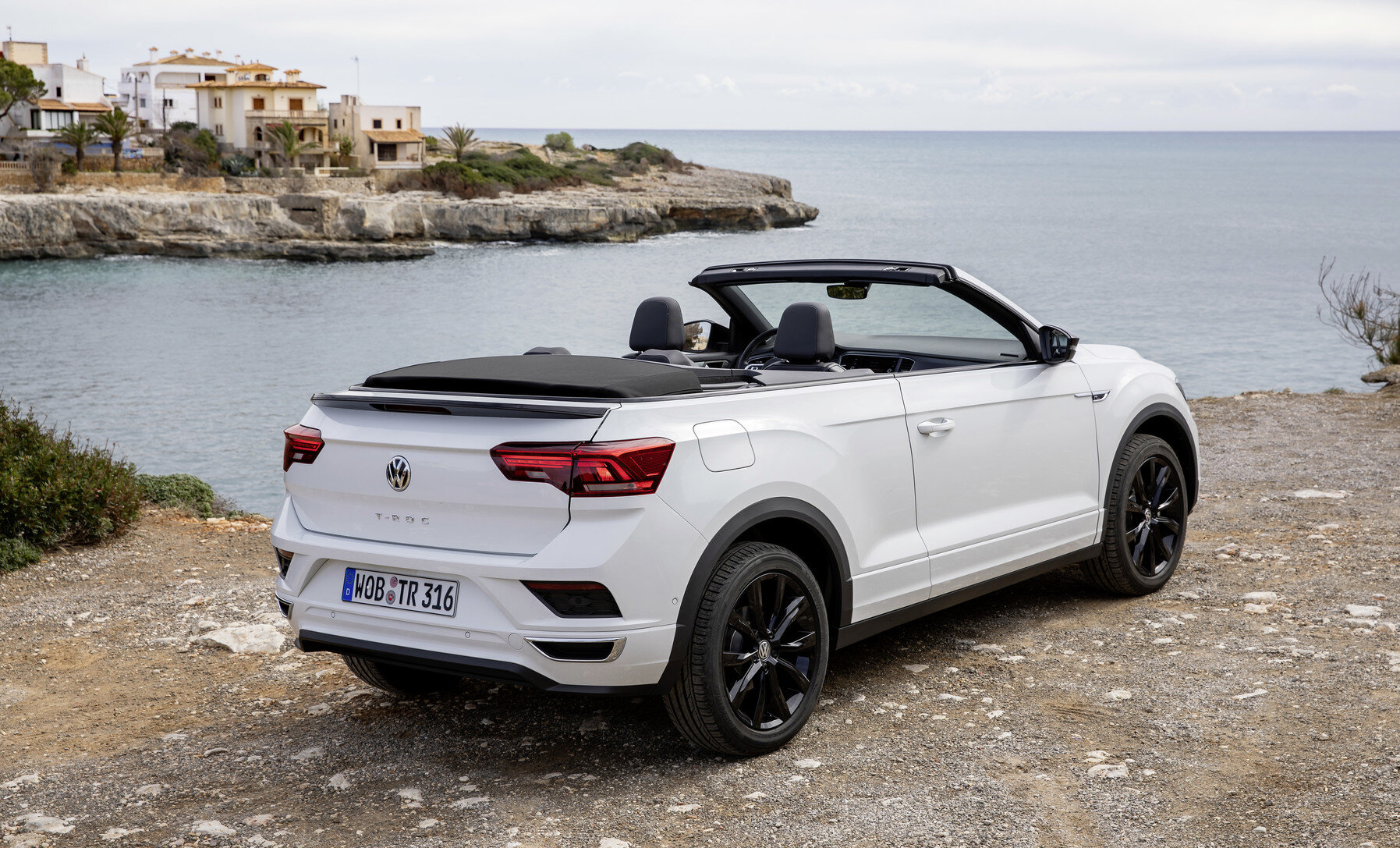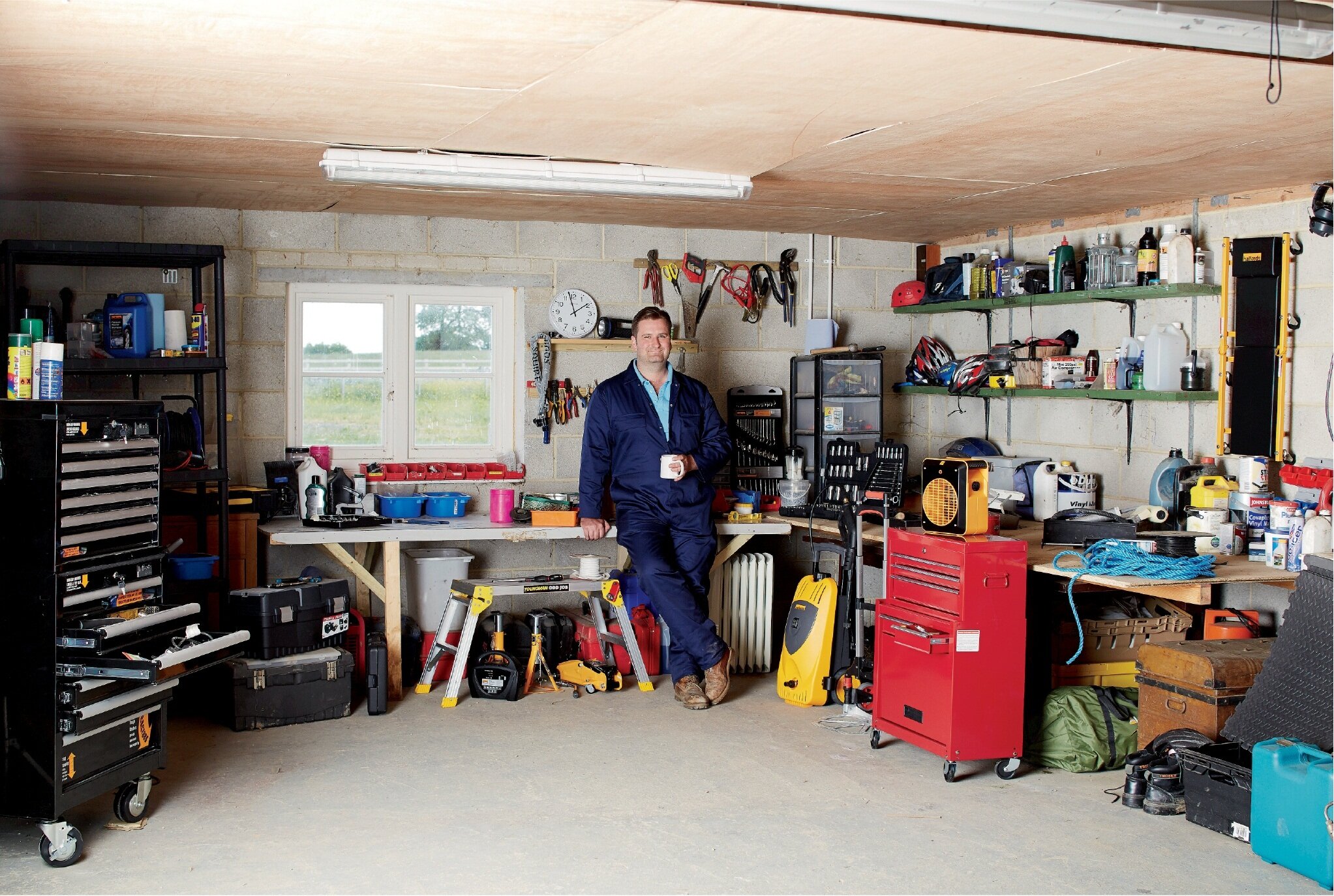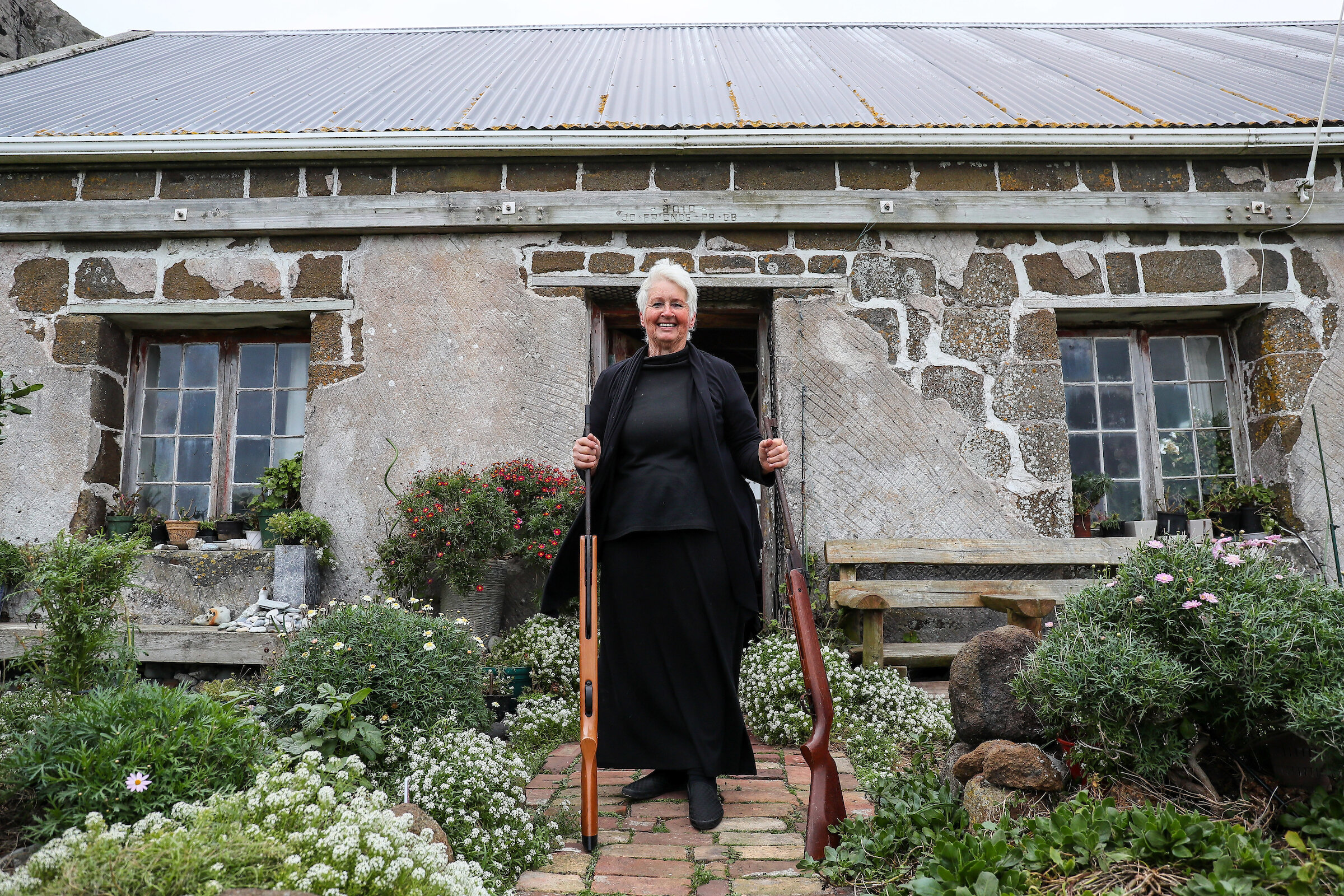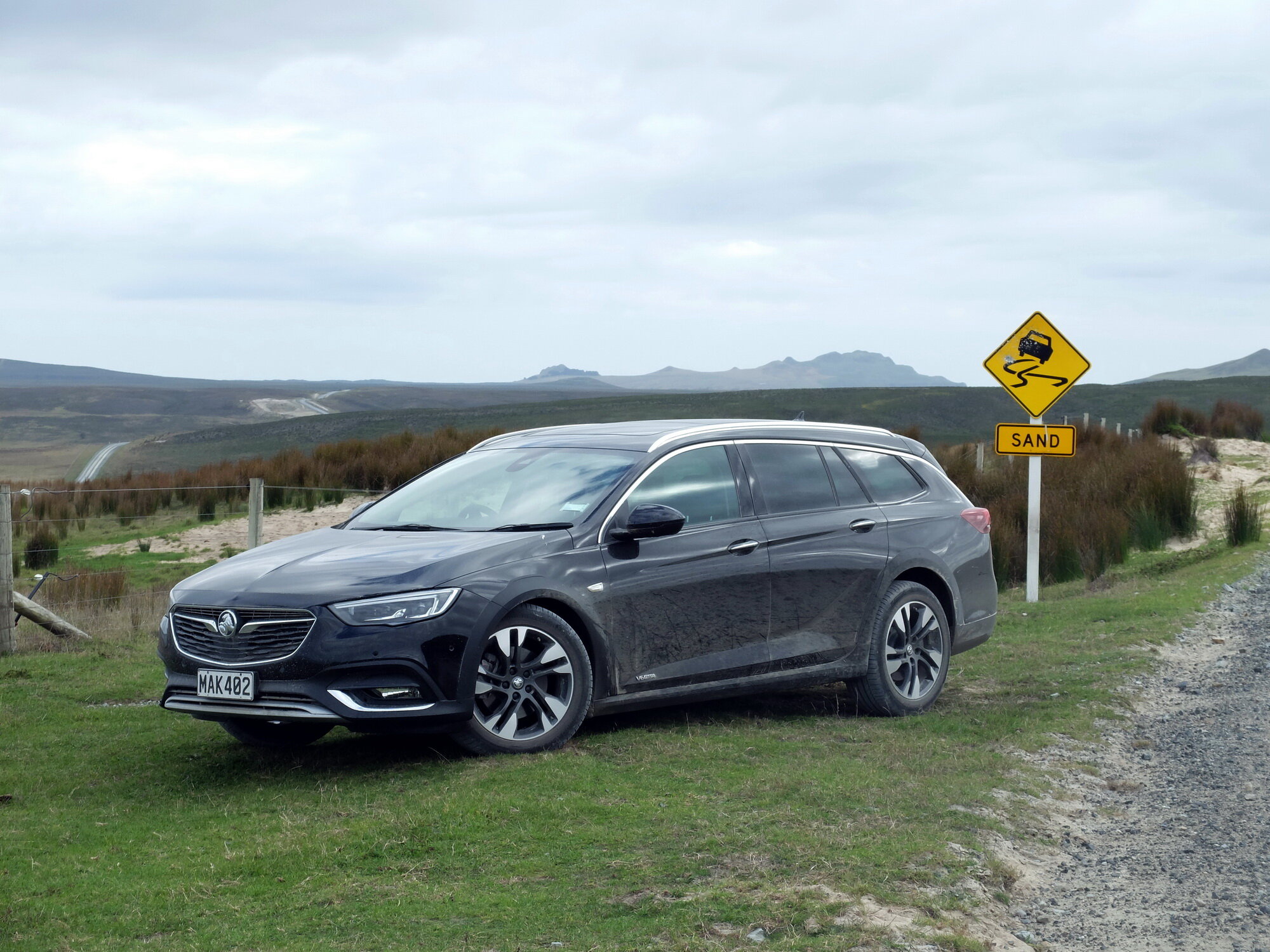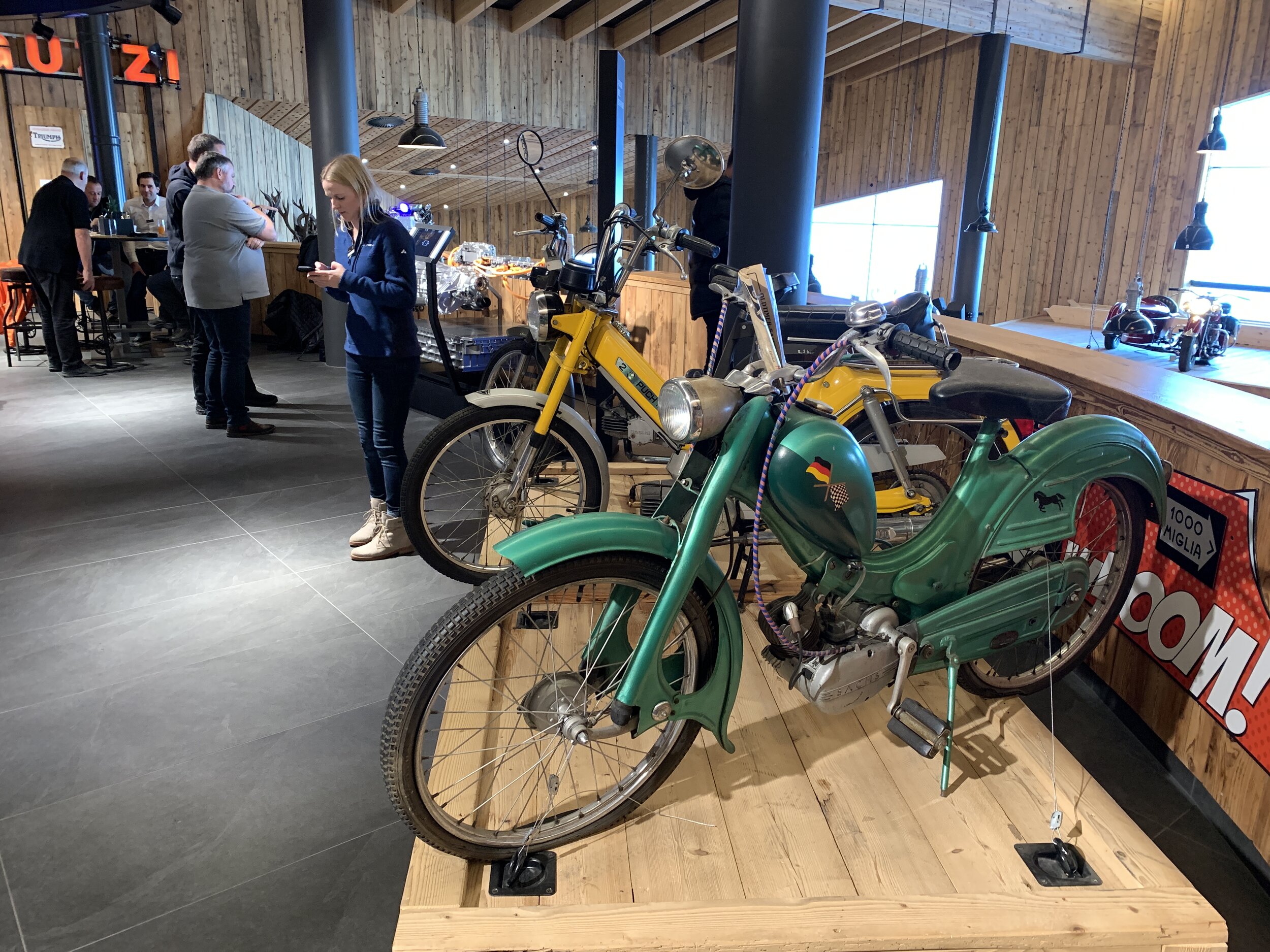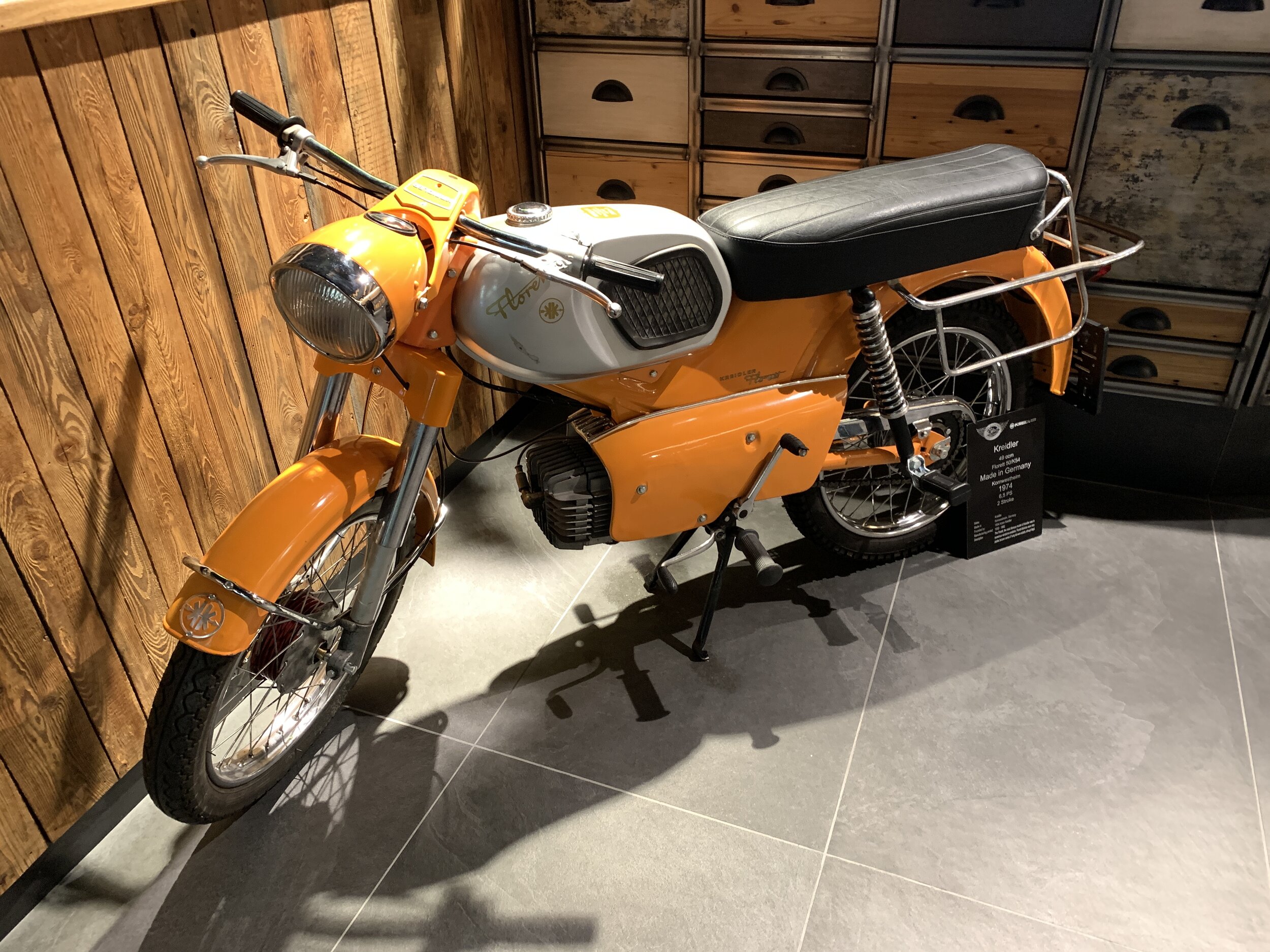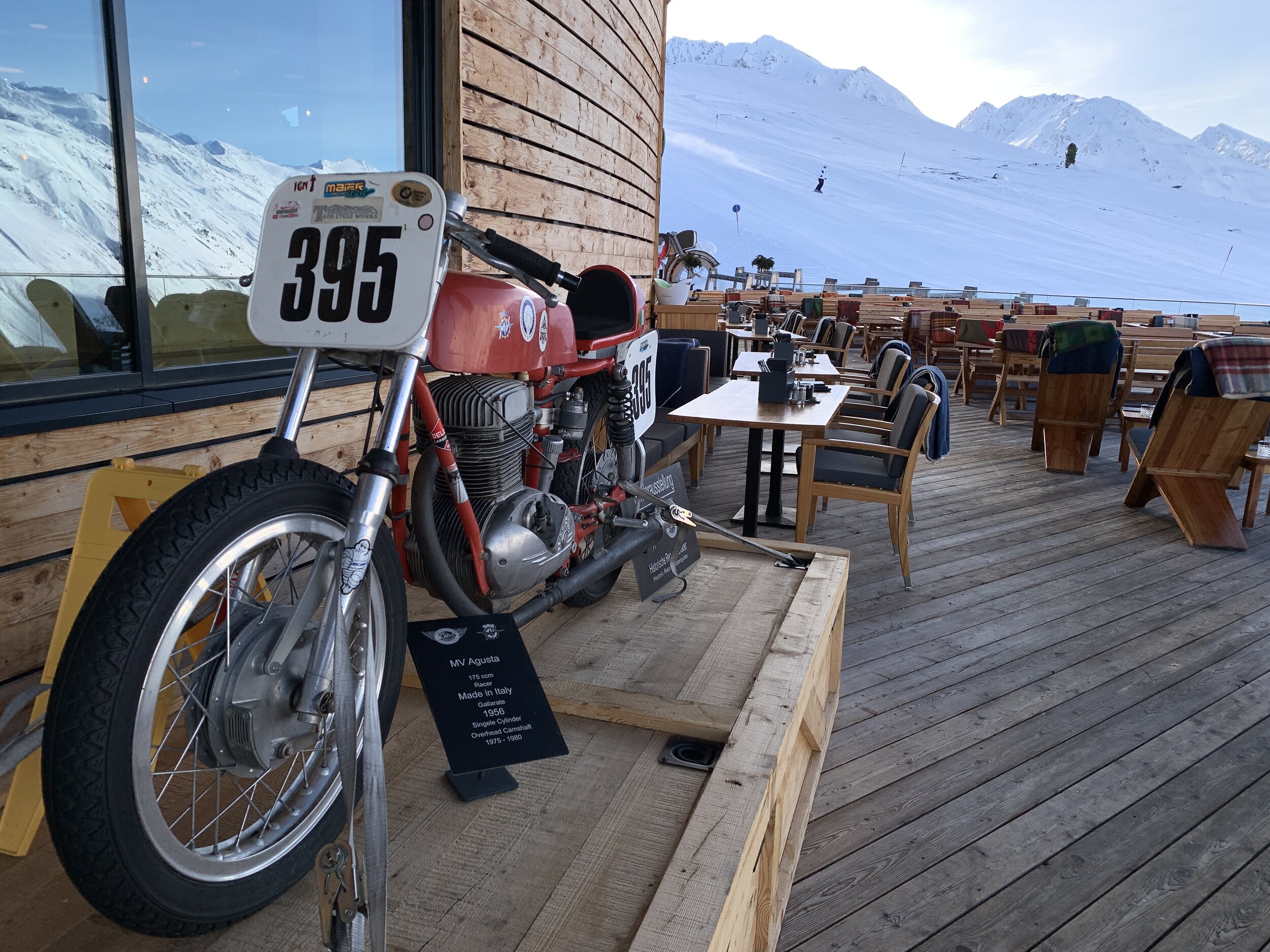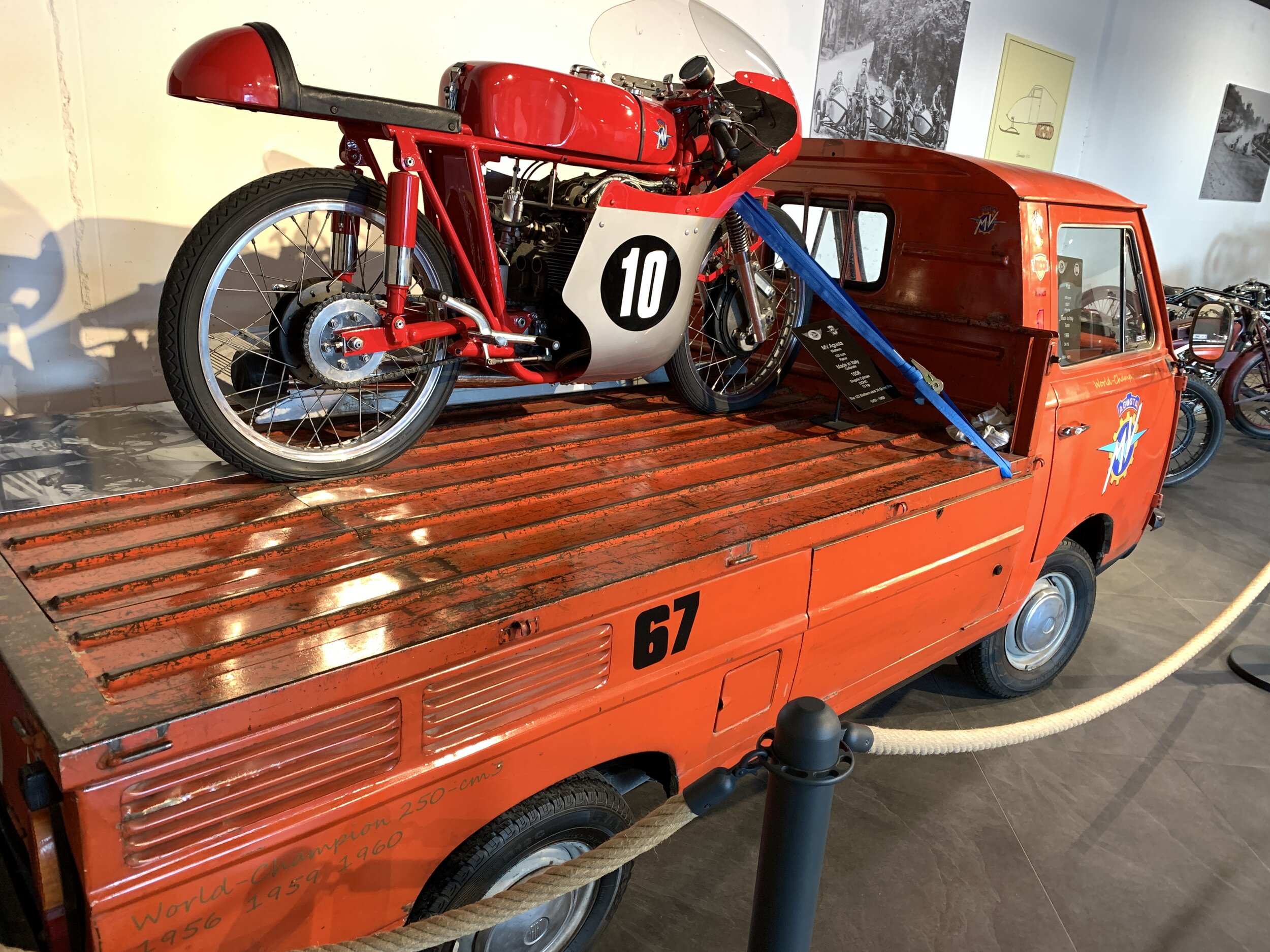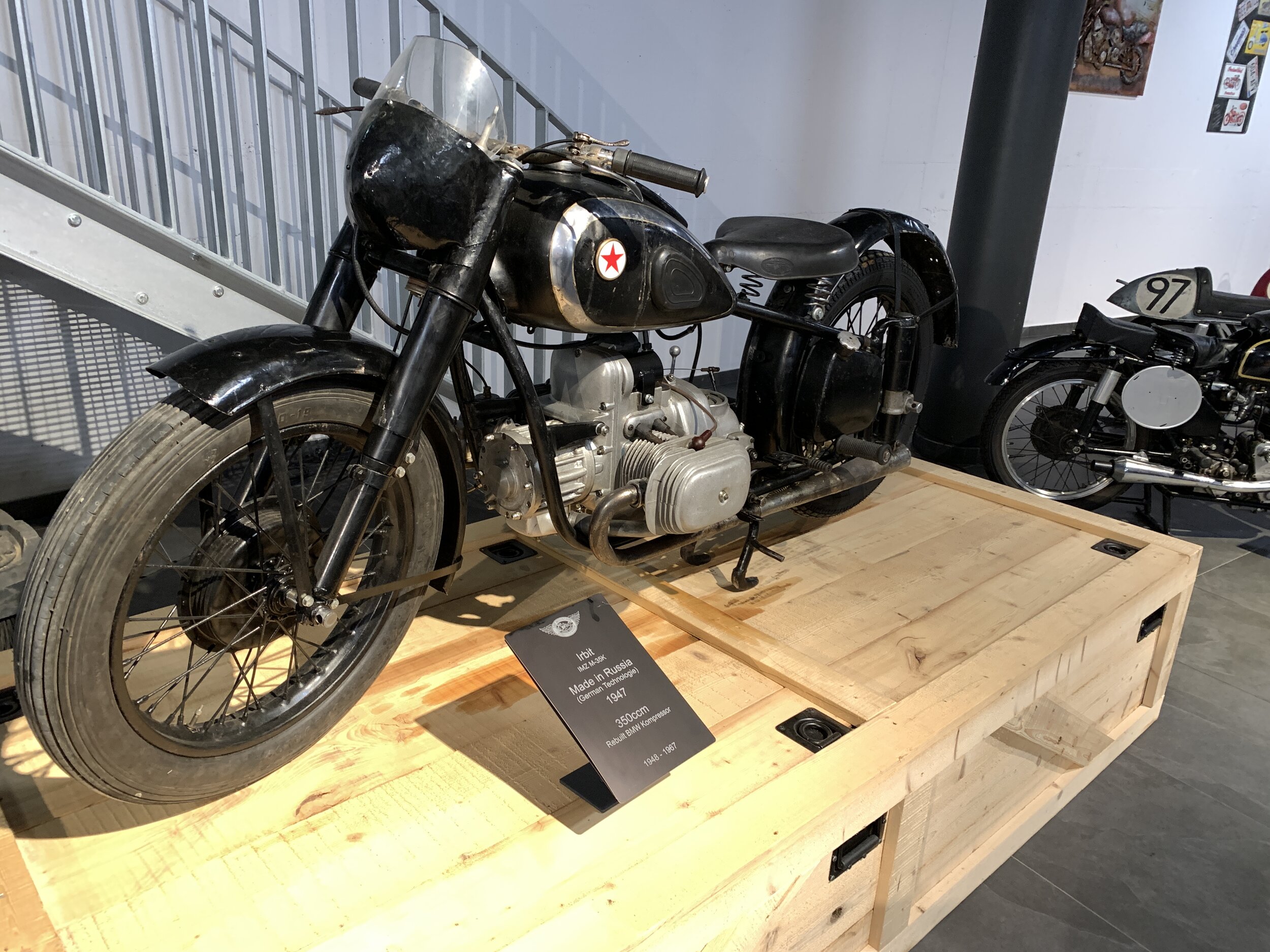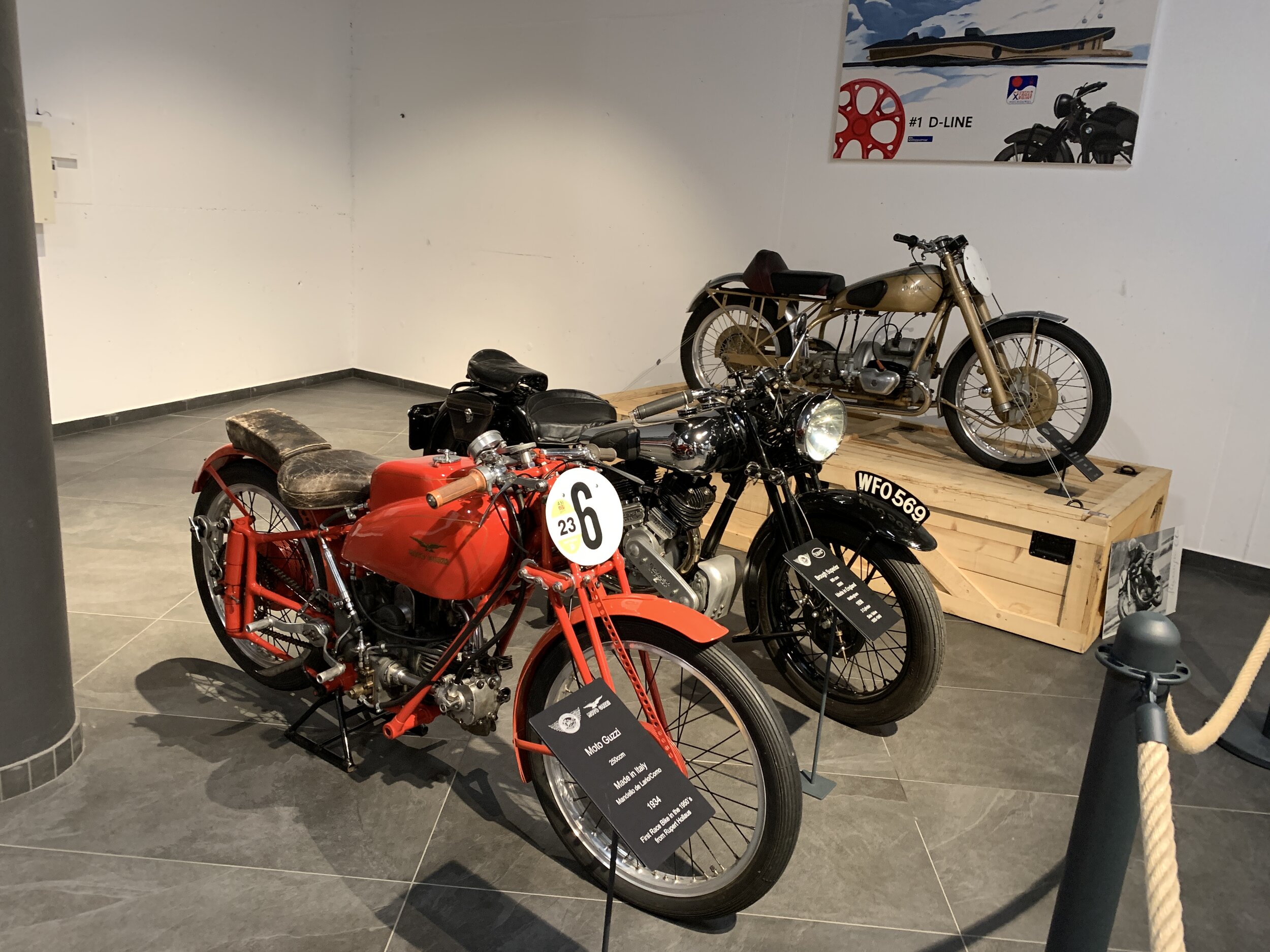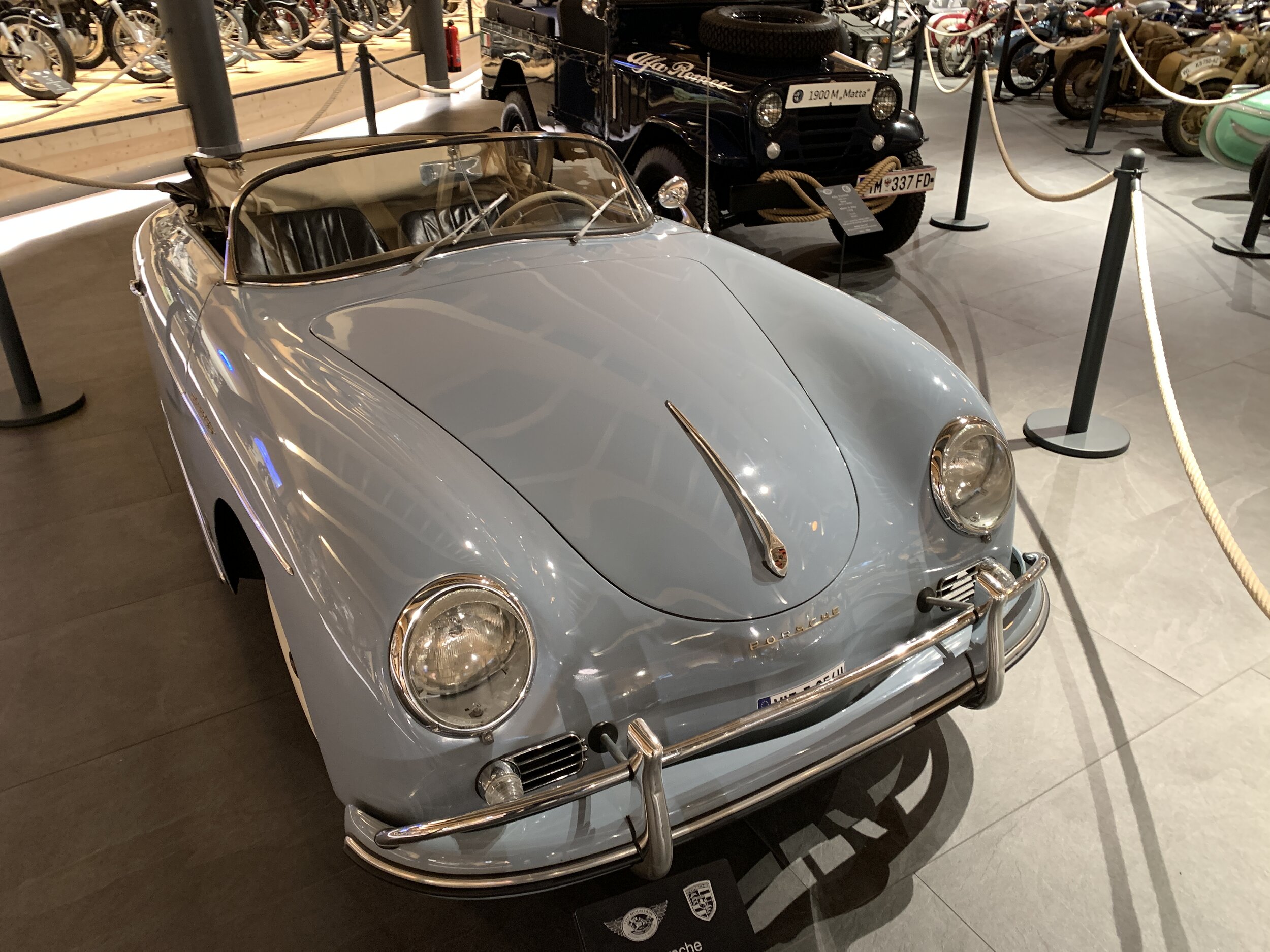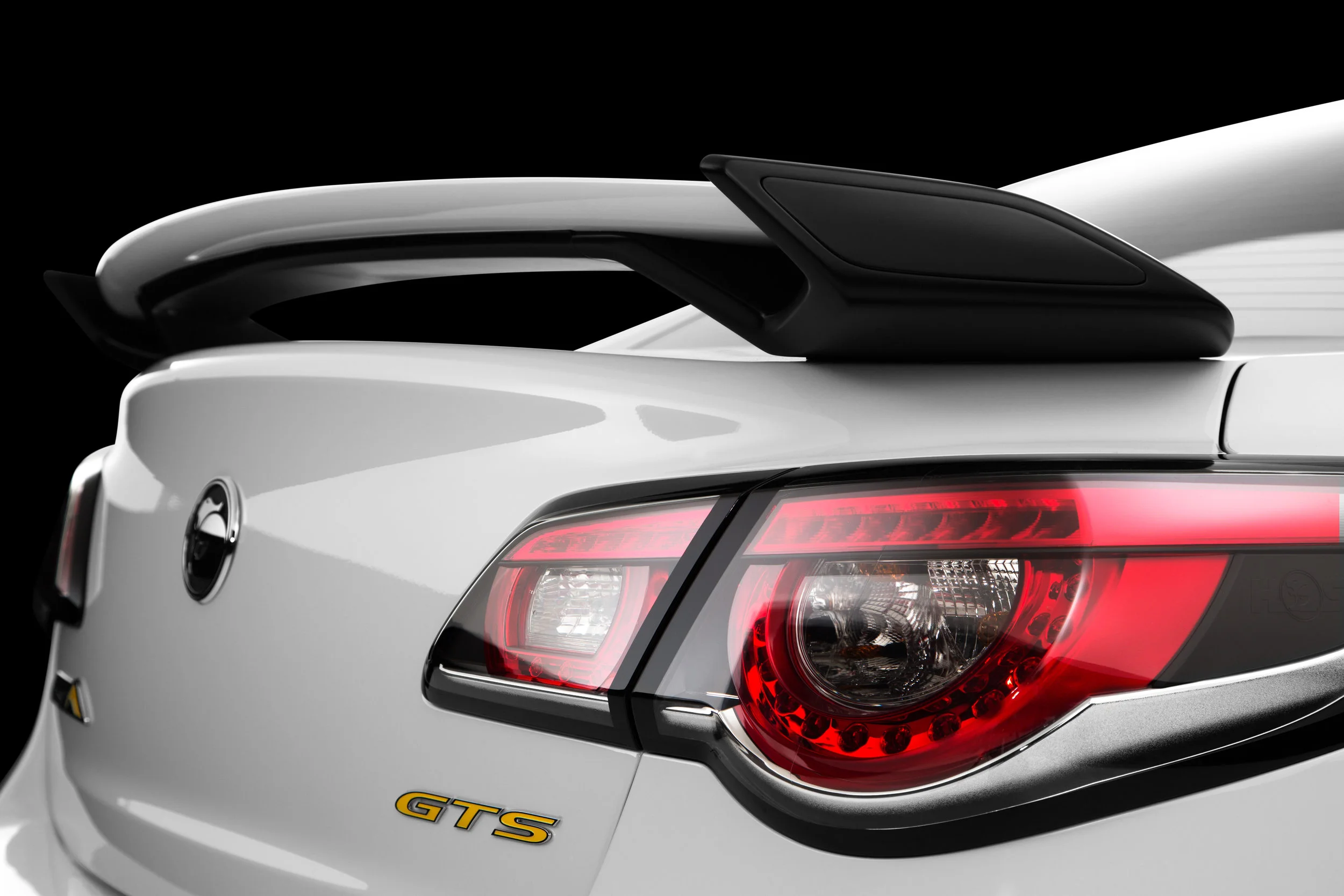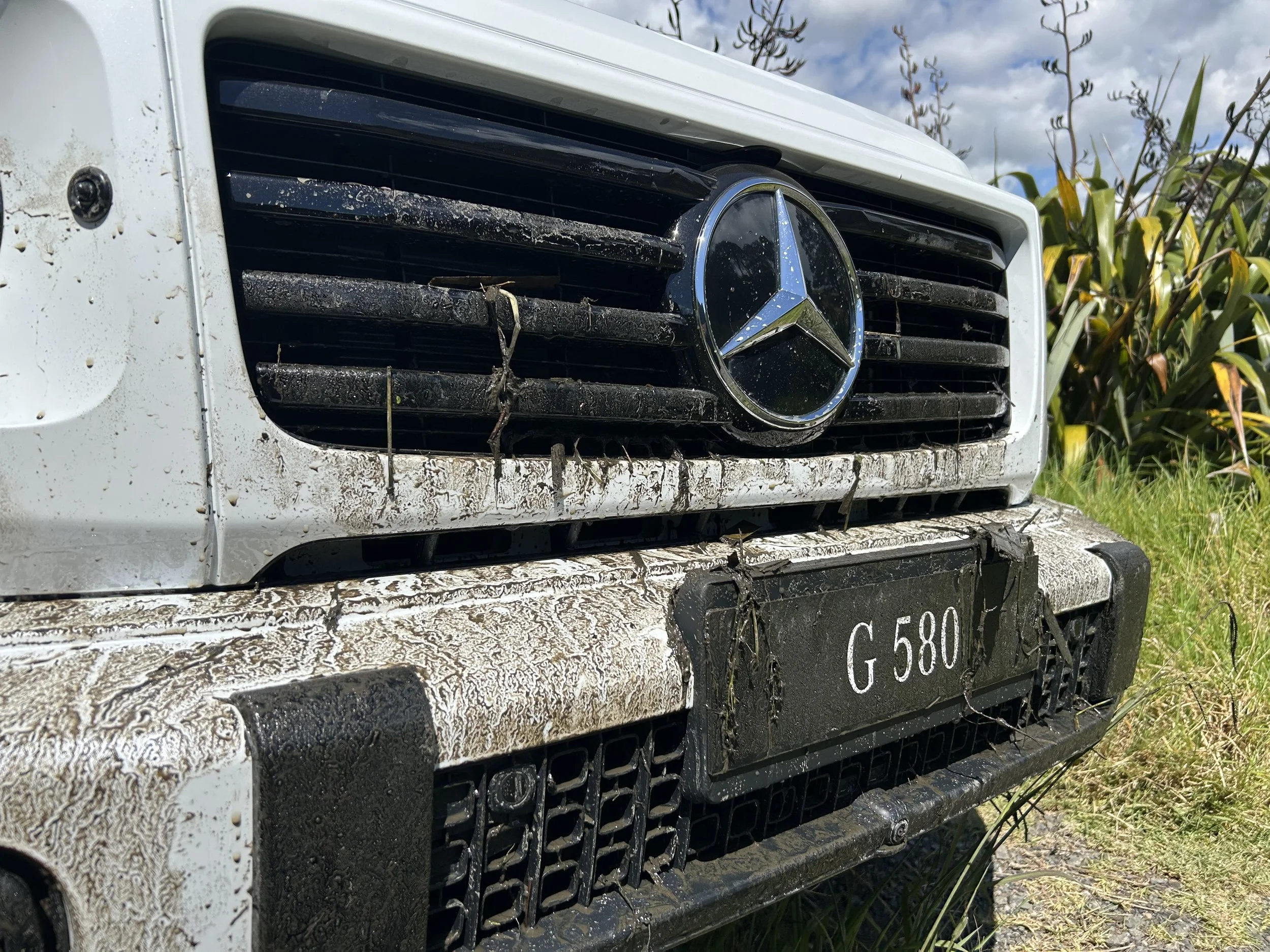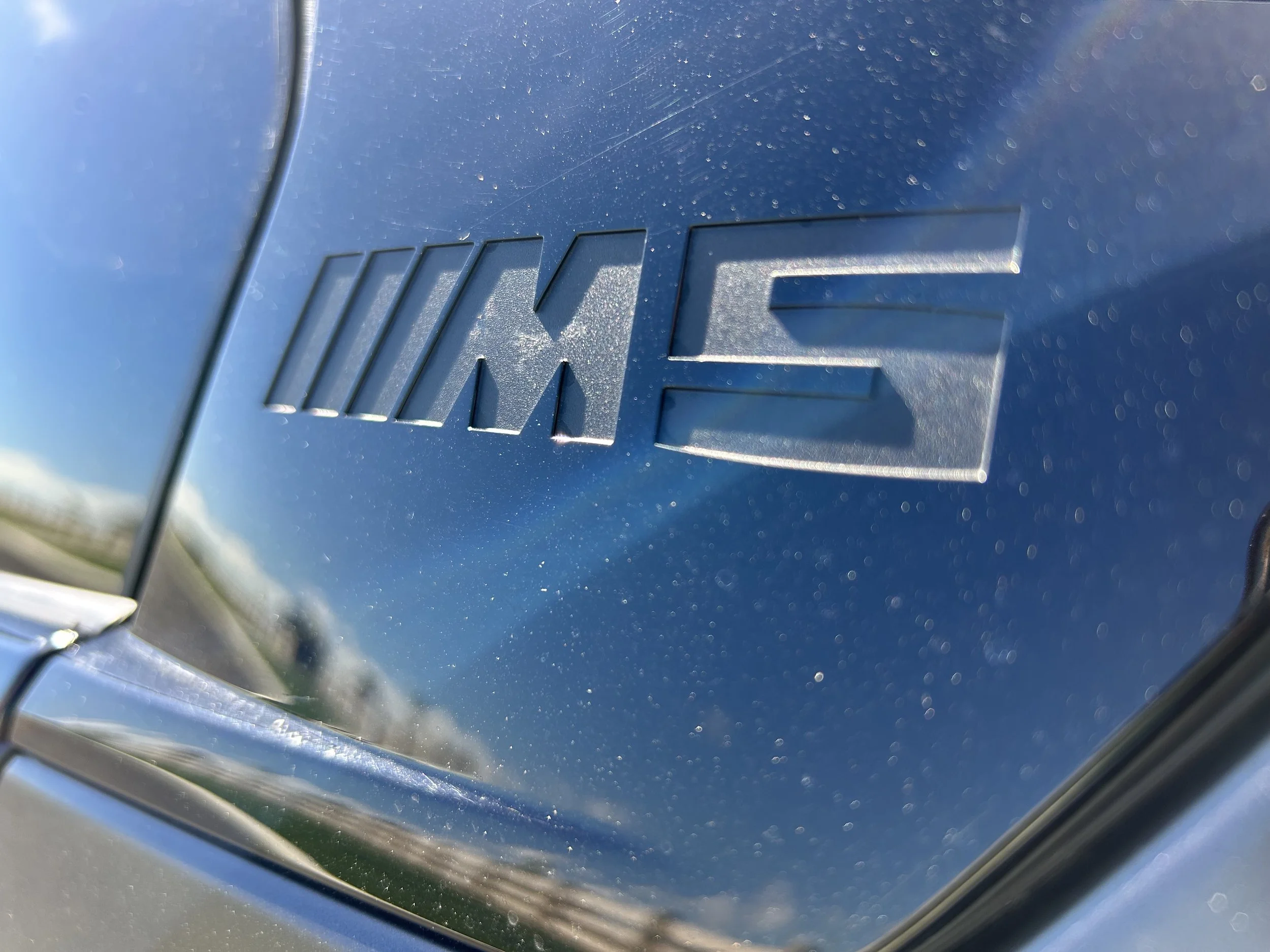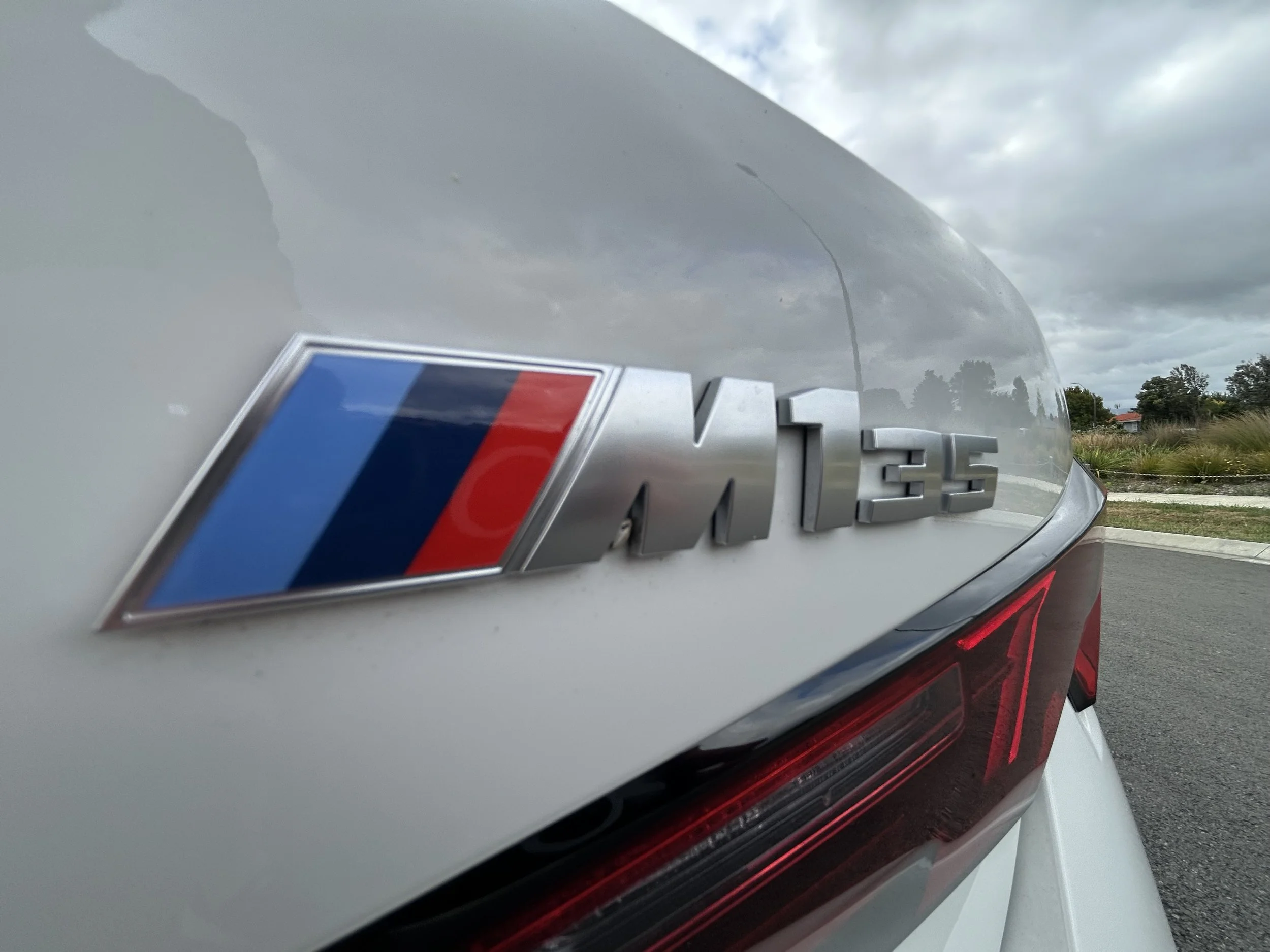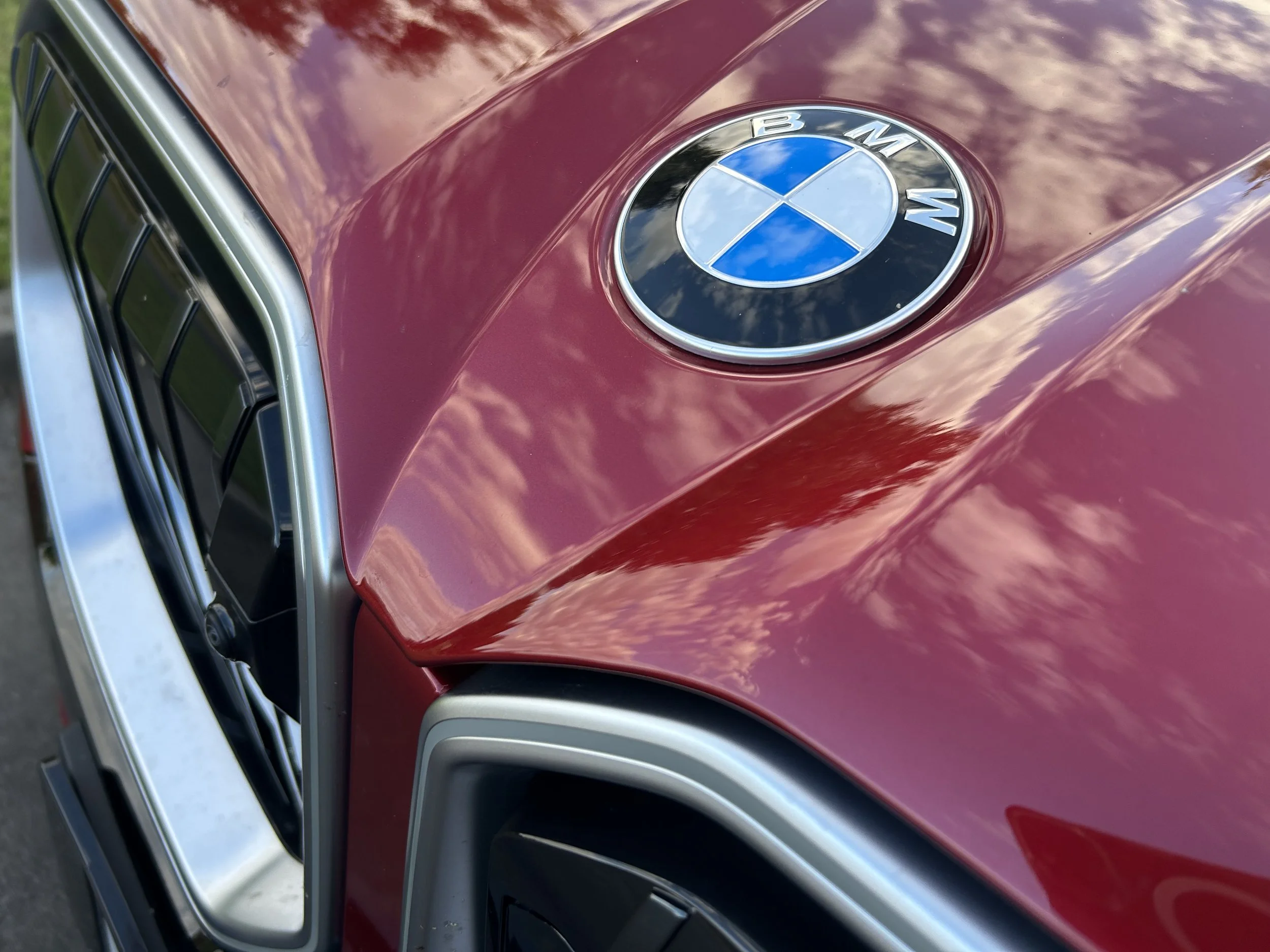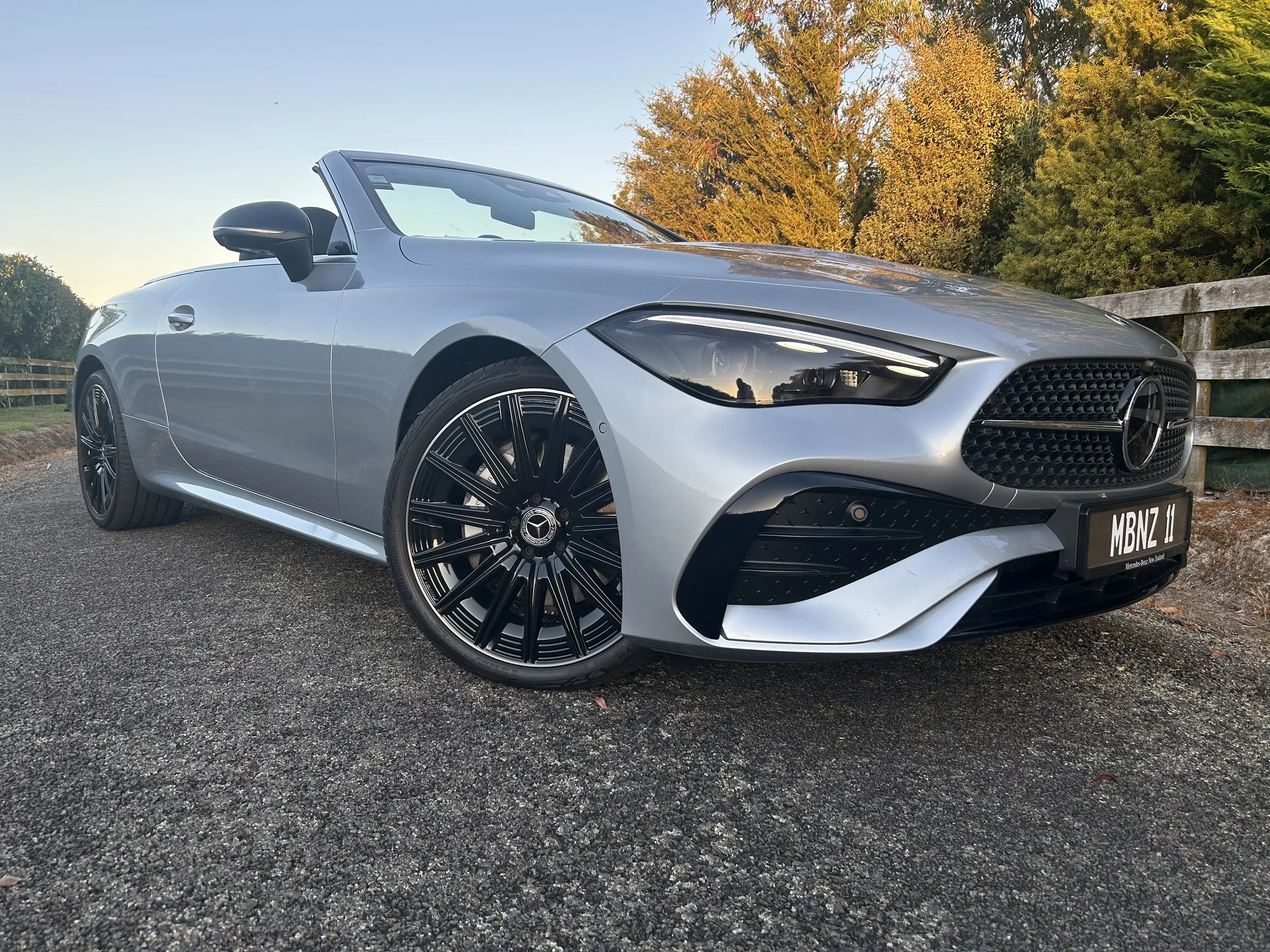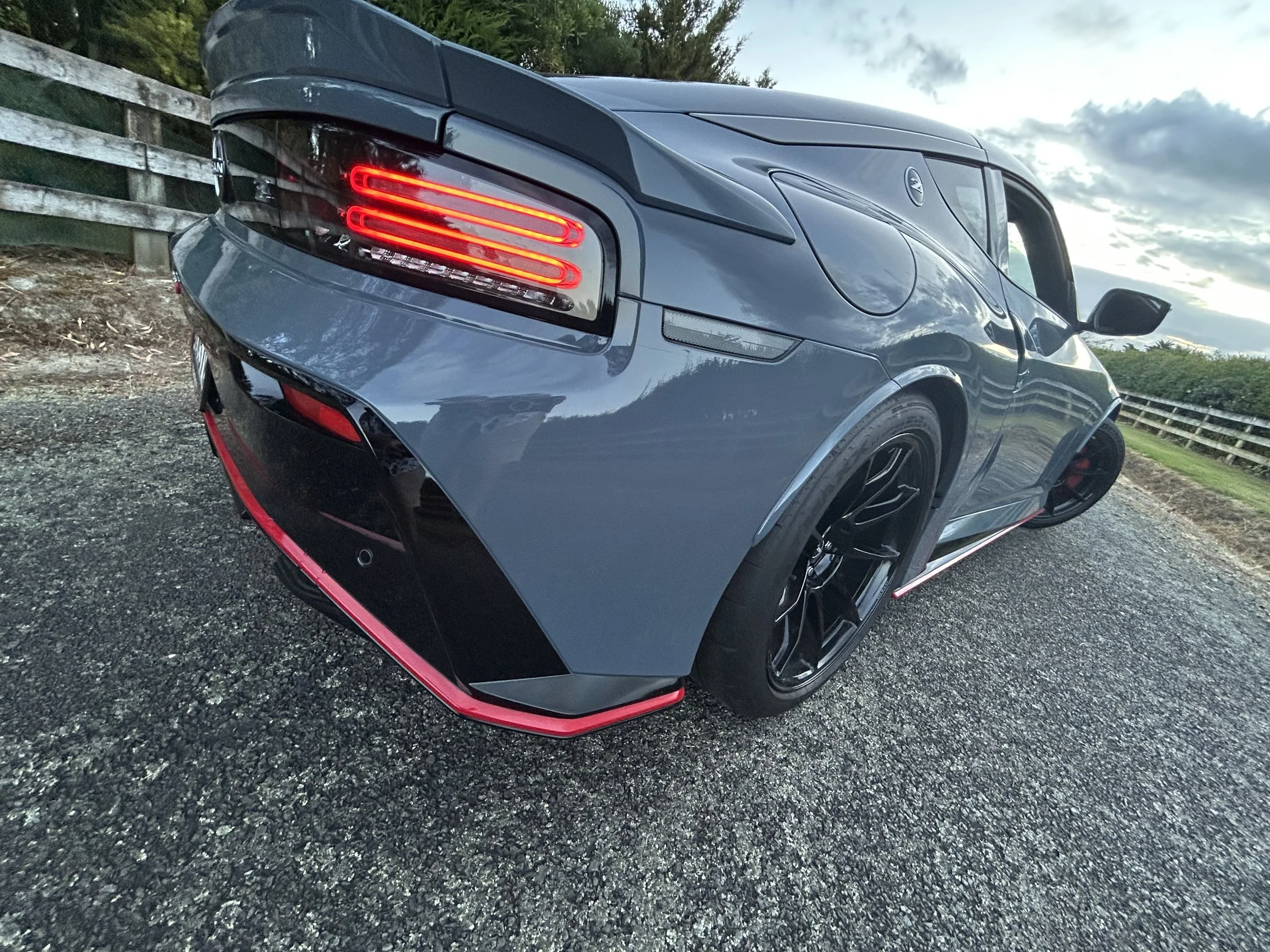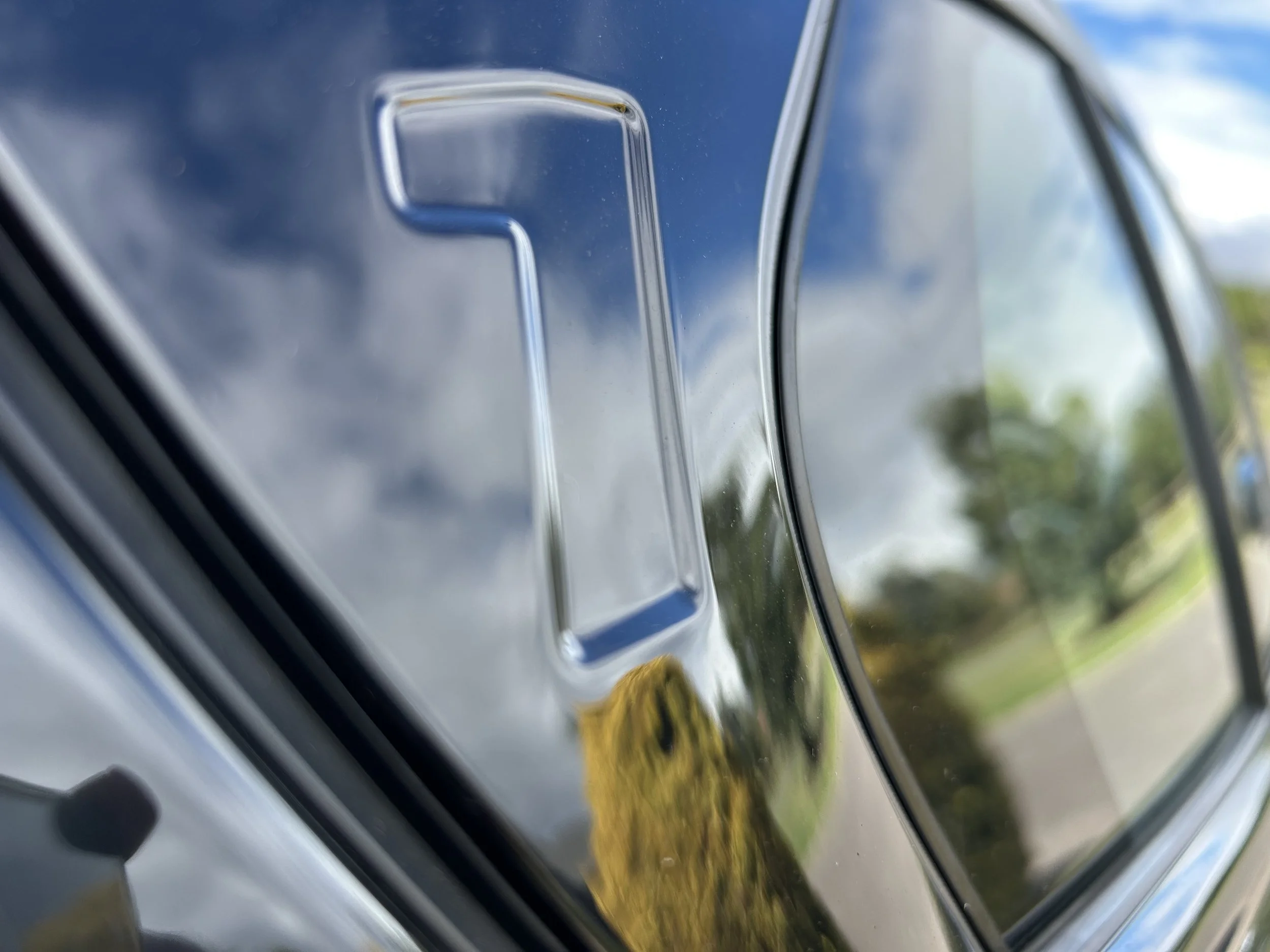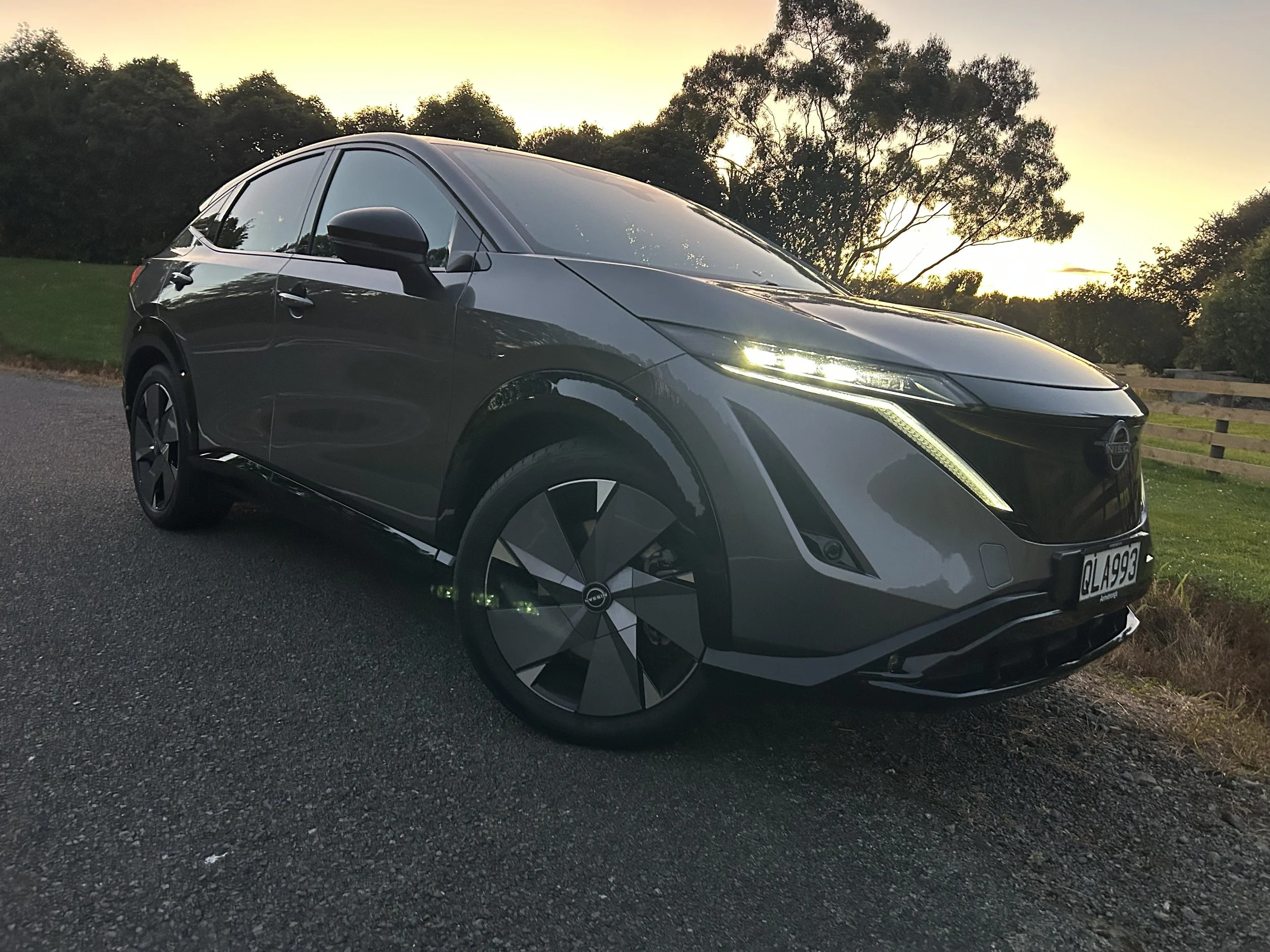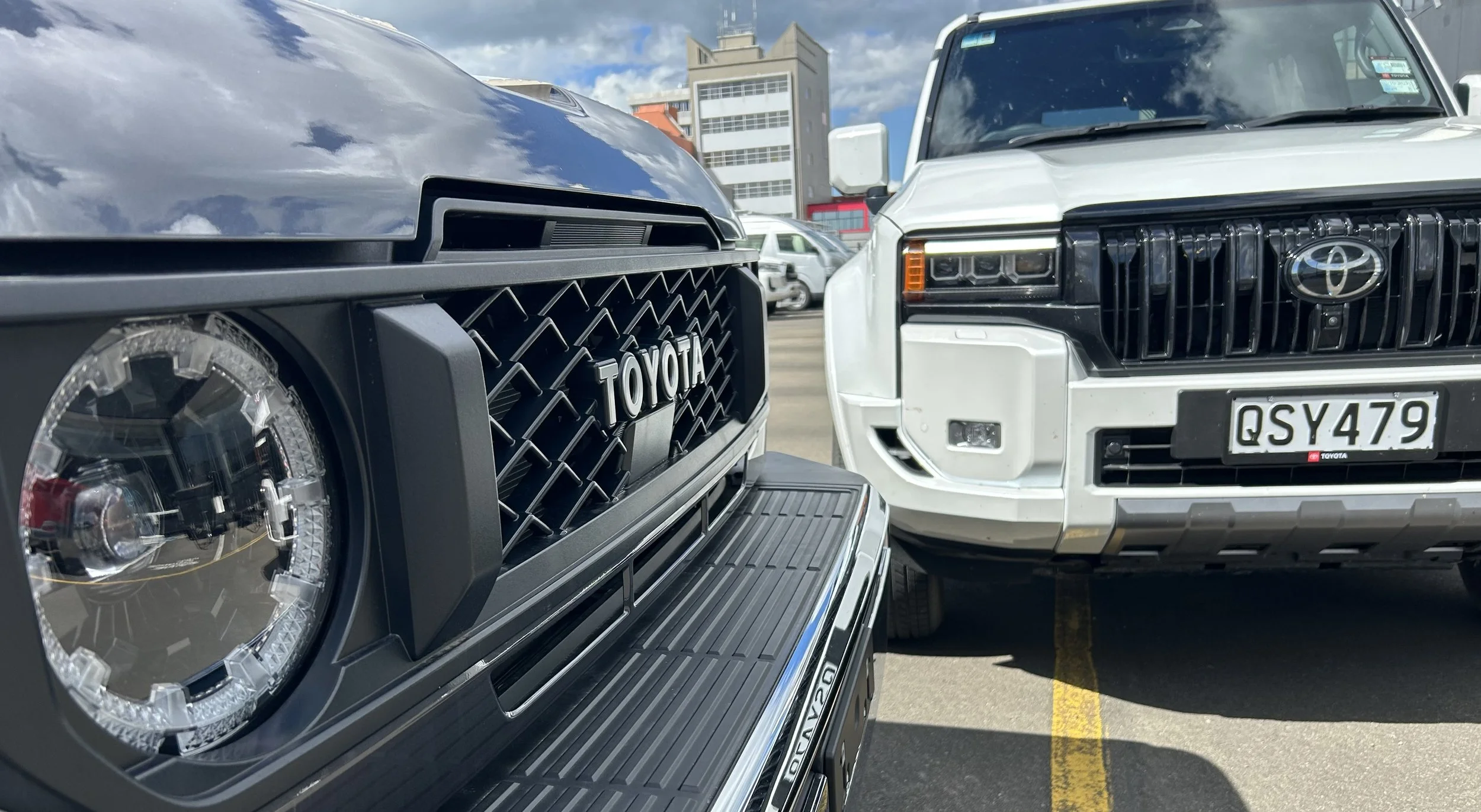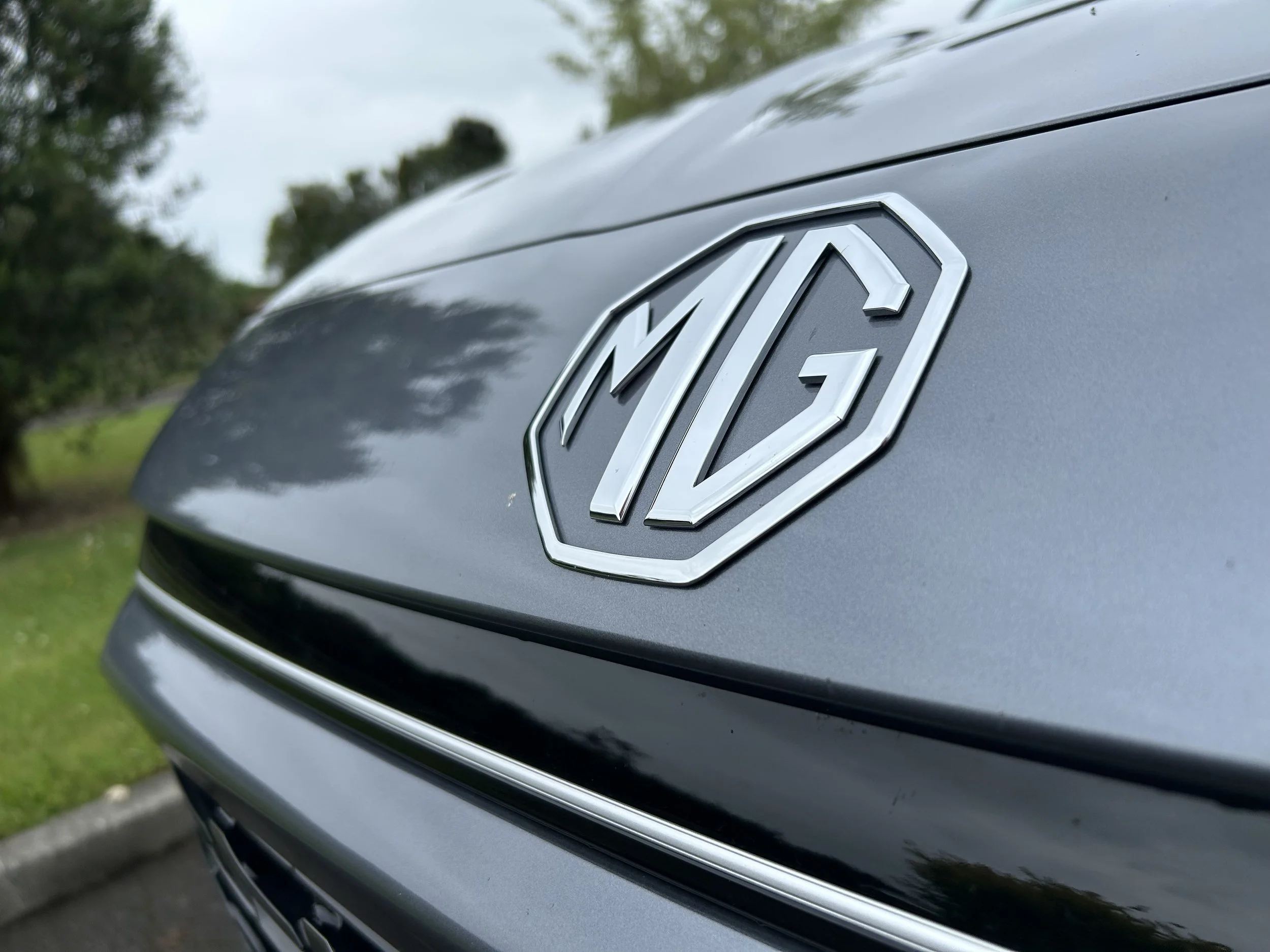Holden NZ signals stock going fast
/
With Level Two allowing a return to car dealerships, how long have you got to buy a new Holden and what’s left?
commodore has taken a public pounding - yet stocks are low now
RESUMING the business of getting out of … well, the business … marks Holden New Zealand out from all other car distributors that today resumed some semblance of trading normality.
Transition today into Level Two of the Government’s coronavirus crisis restrictions regime has allowed General Motors’ Australian maker to join most other major marques in welcoming the public back into showrooms.
Where Holden stands out is that it is a brand with no future, owner General Motors having announced its demise in February, so that buying time is limited.
For all that, Holden NZ is still guarded in detailing how much longer it has to go and exactly how much stock there remains to be moved.
Trax (above) and Acadia have also been a popular runout product
The Auckland distributor is only prepared to identify that its inventory is declining quickly.
It also cites that only the Colorado utility remains in reasonable availability, whereas crossovers and sports utilities were shifting faster and just a modest count of Astra and Commodore cars remain.
“We have a reasonable supply of new Colorado, both 4x2 and 4x4, as we head into the annual Fieldays sales campaign which usually takes place in June,” said corporate affairs manager Edward Finn.
“There are some Commodore and Astra variants remaining, but for those customers who would like a new Holden SUV, Trax is almost sold out, a small selection of Equinox remain and there are limited numbers of Acadia.”
Actual counts in respect to specific models and any thoughts about how long before these will be gone for good is not being shared, however.
When GM announced on February 17 that Holden was a goner, the inference was that full wind-down would still take until 2021.
However, it could be a quicker death. For instance, just a handful of Holden New Zealand’s staff at the East Mangere, Auckland, office will escape a mass redundancy that hits at the end of June. Those staying beyond then are involved in parts distribution and warranty care. Holden has to maintain parts supply and support for years yet.
colorado stockpile was built up for the now-abandoned fieldays
Conceivably, it might not be too much longer before Holden dealerships start either mothballing showroom space or finding other brands to fill it. A sobering situation in a market condition that, thanks to the virus, is predicted to drop 40-45 percent on the 2019 volume.
It is probable all shipments of Holden product to New Zealand have finished. So, what’s here now and still unregistered is all there will be.
The Covid-19 lockdown that virtually stopped all car sales for the month of Level Four and still had restrictive impact during the fortnight of Level Three that followed had cruel impact on Holden.
The brand had just begun the major run-out programme to clear its inventory when coronavirus struck.
Obviously, few new cars were moved in April, when the shutdown allowed just three trading days: The April tally was 90 percent down on the same period of 2019. To give an idea of what that means, bear in mind that Colorado achieved as the second strongest selling ute for April … on the back of 38 registrations.
So what’s left and how long have prospective buyers got? Finn was apologetic:
“The best advice is for people who are considering the purchase of a new Holden is to contact their nearest authorised dealer and find out exactly what is on offer.”




